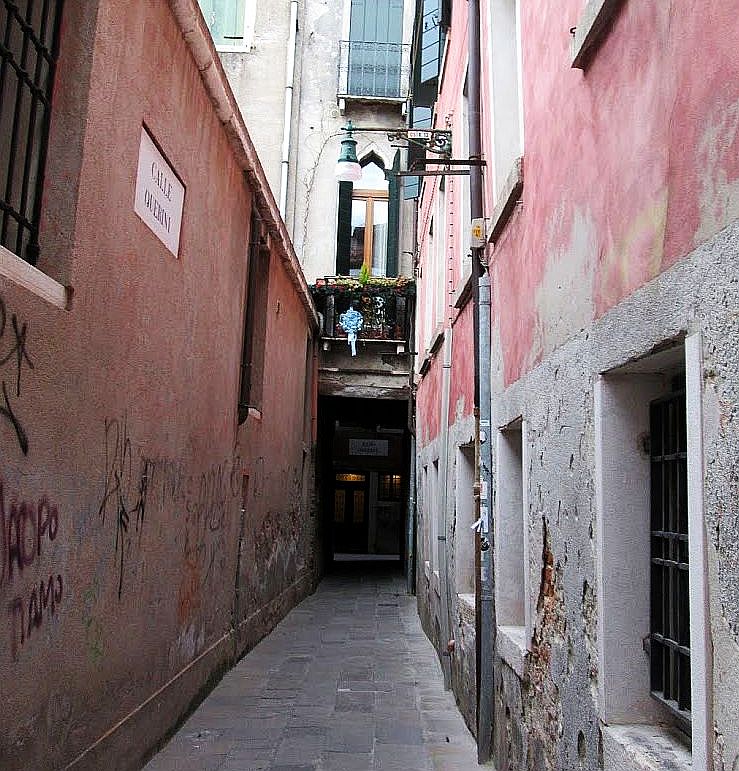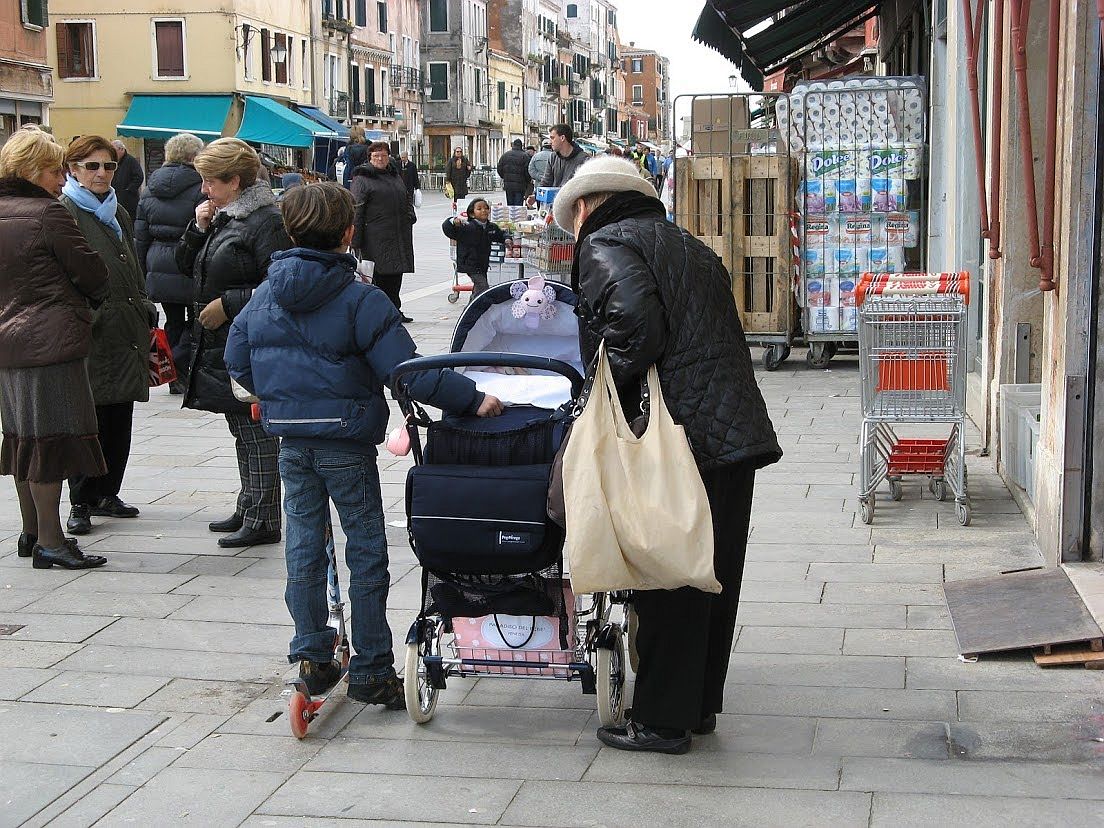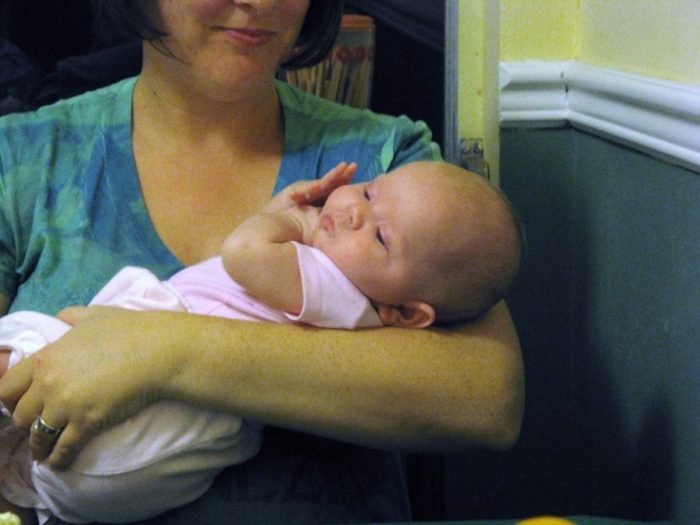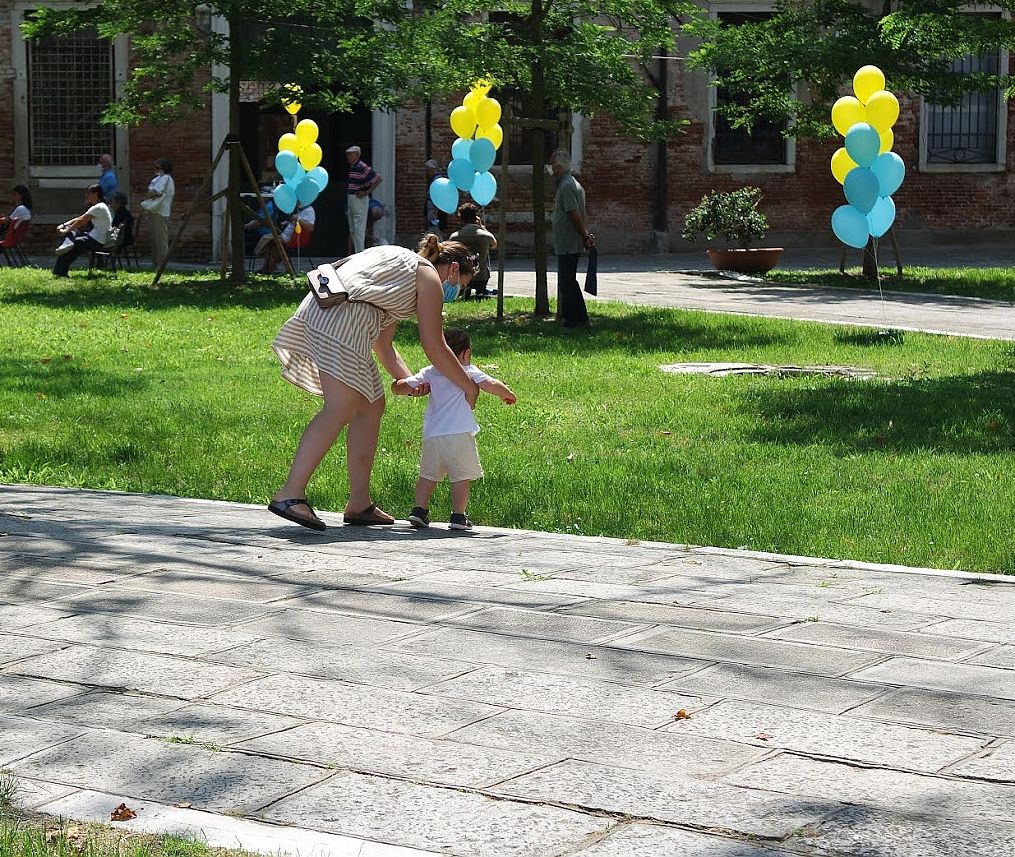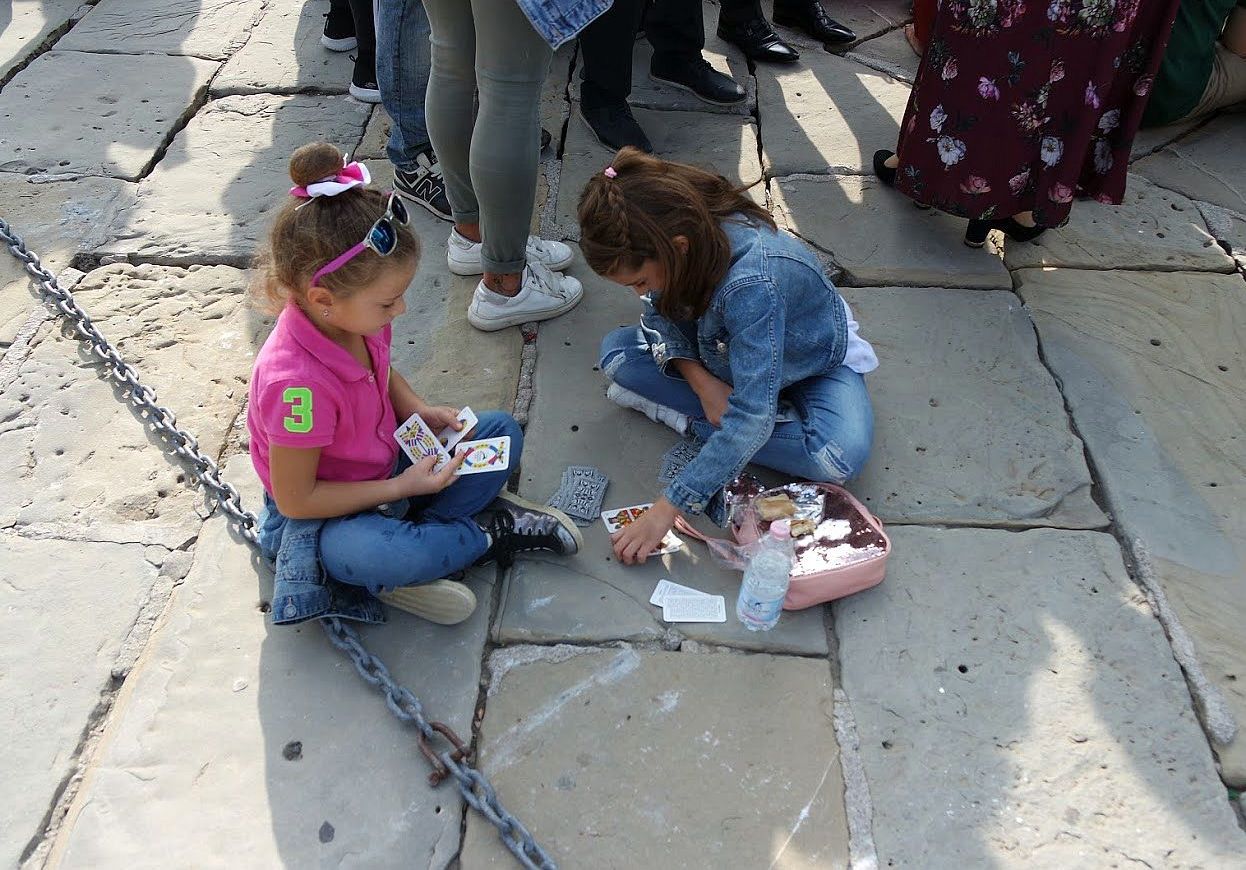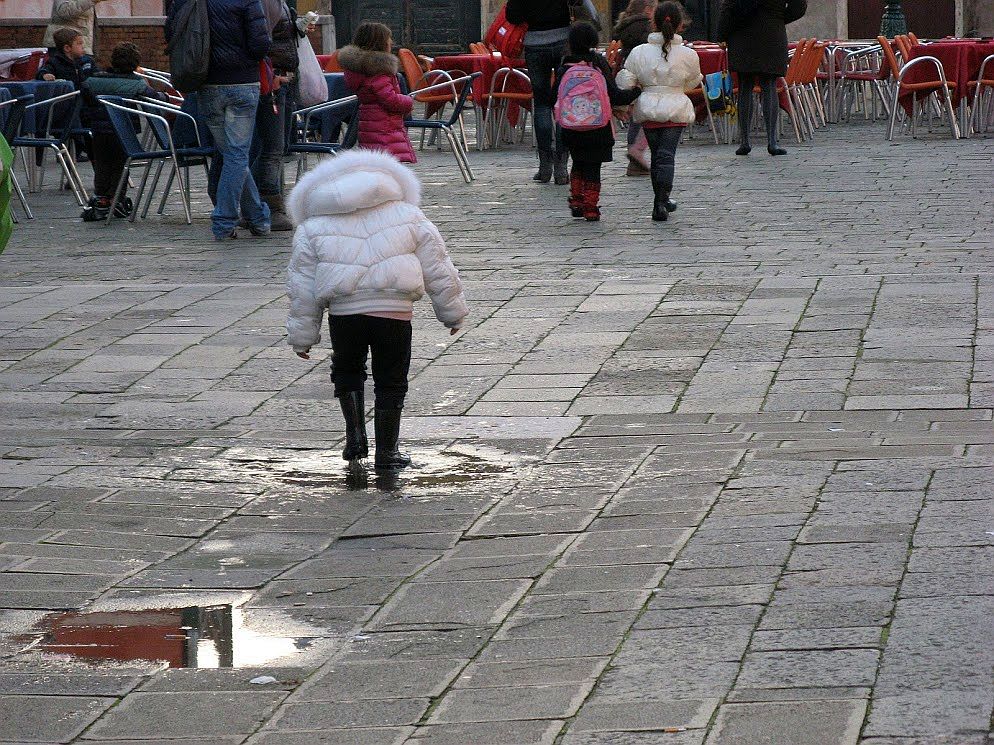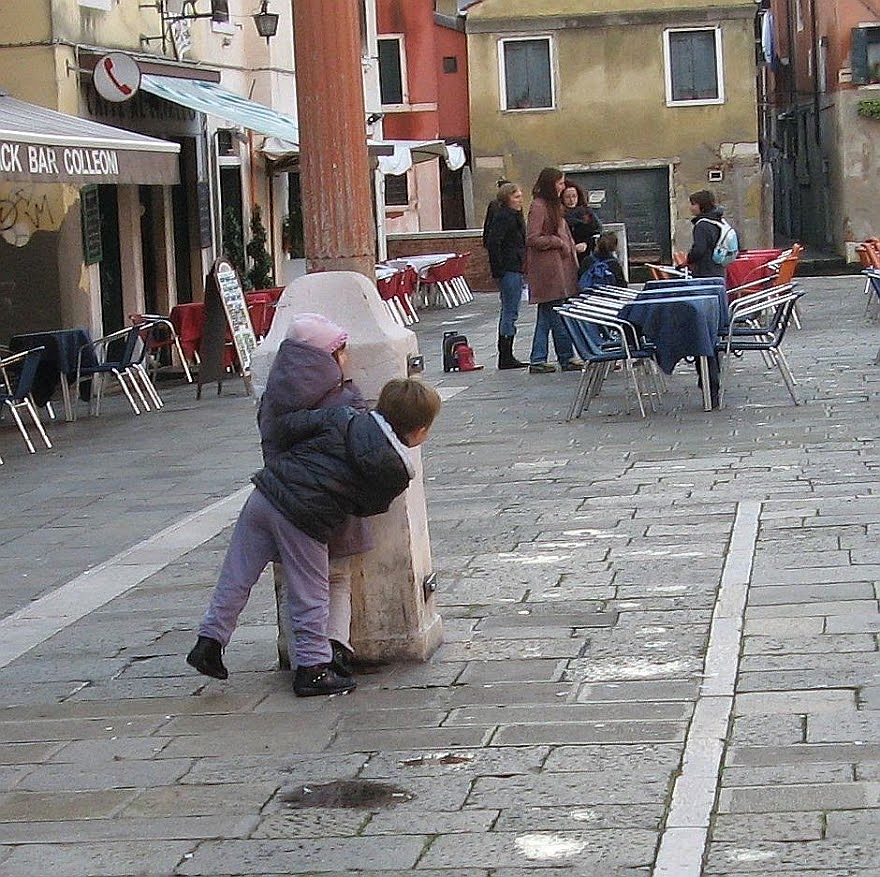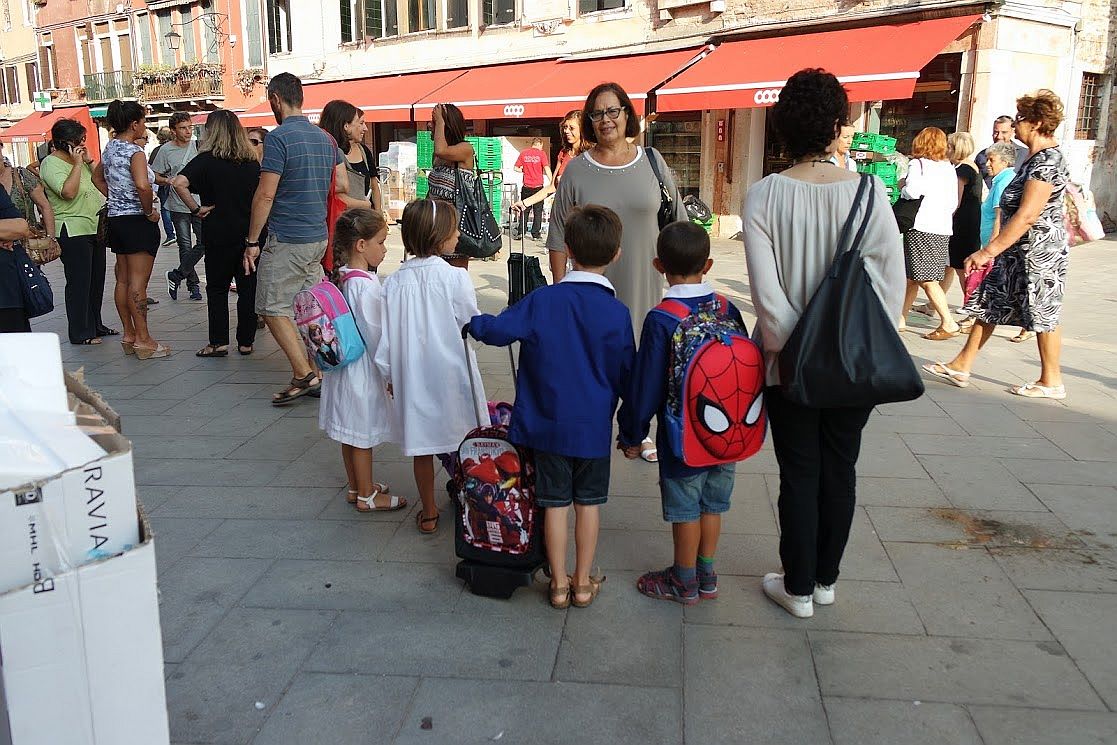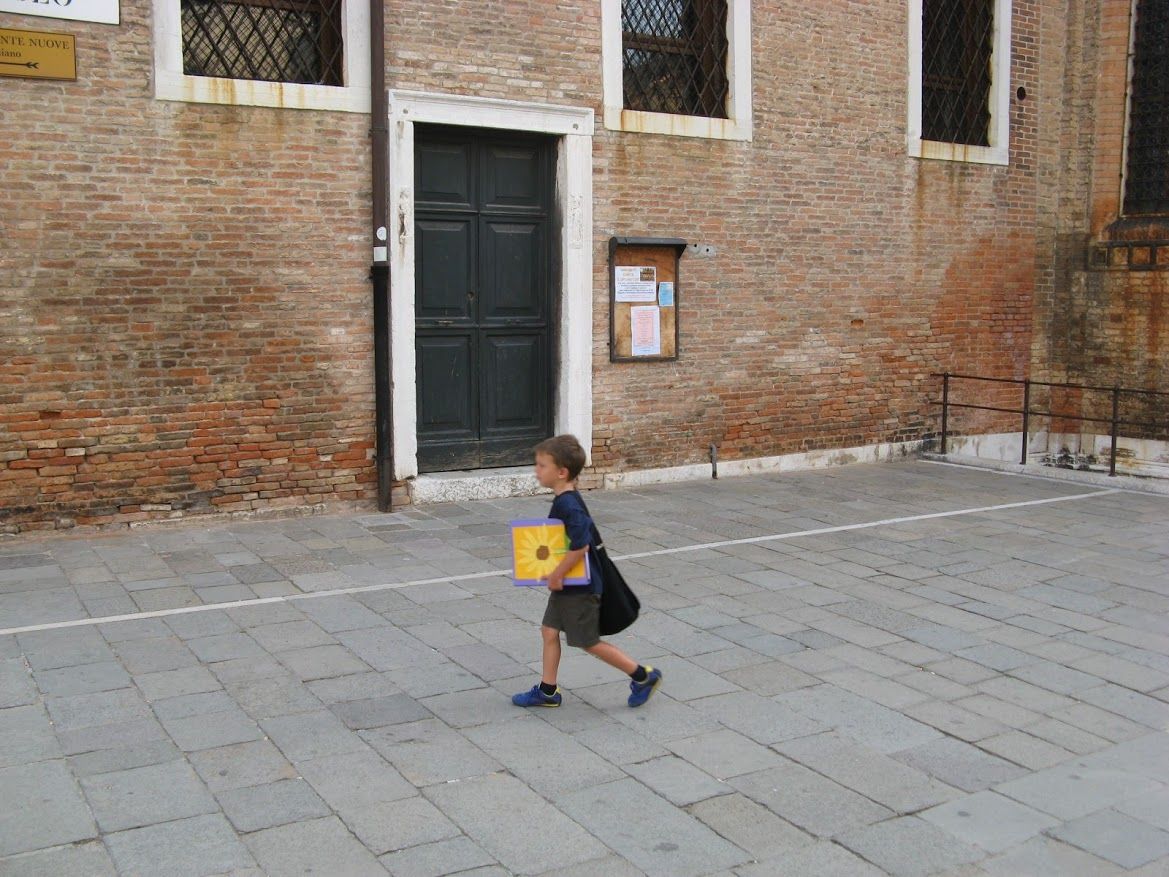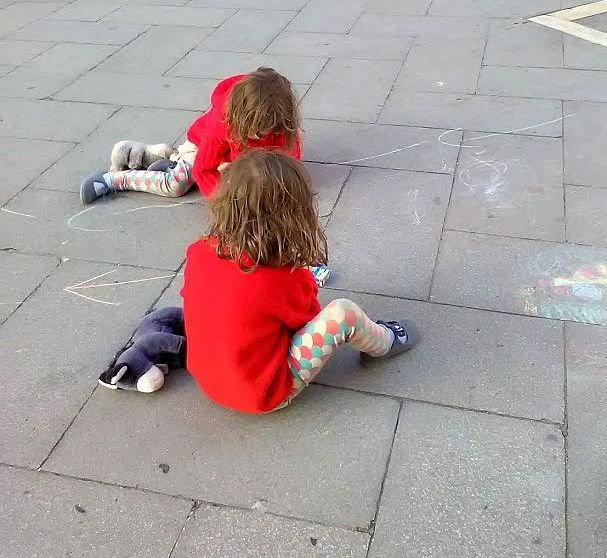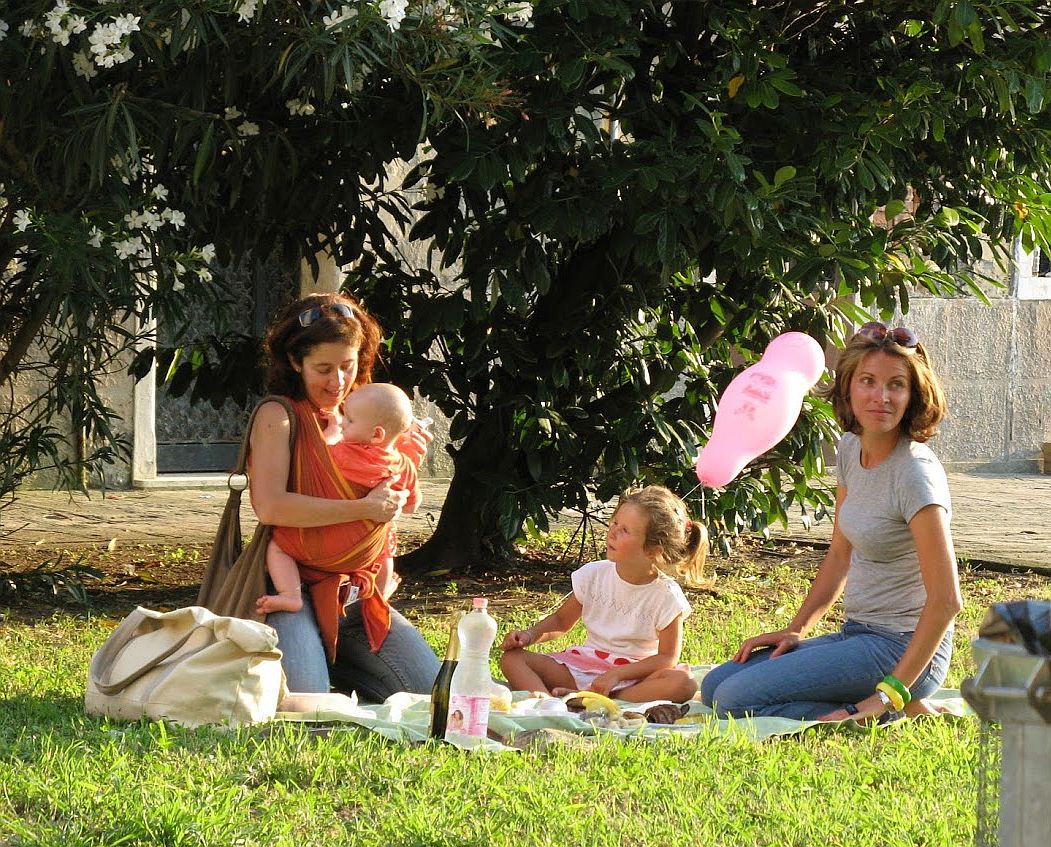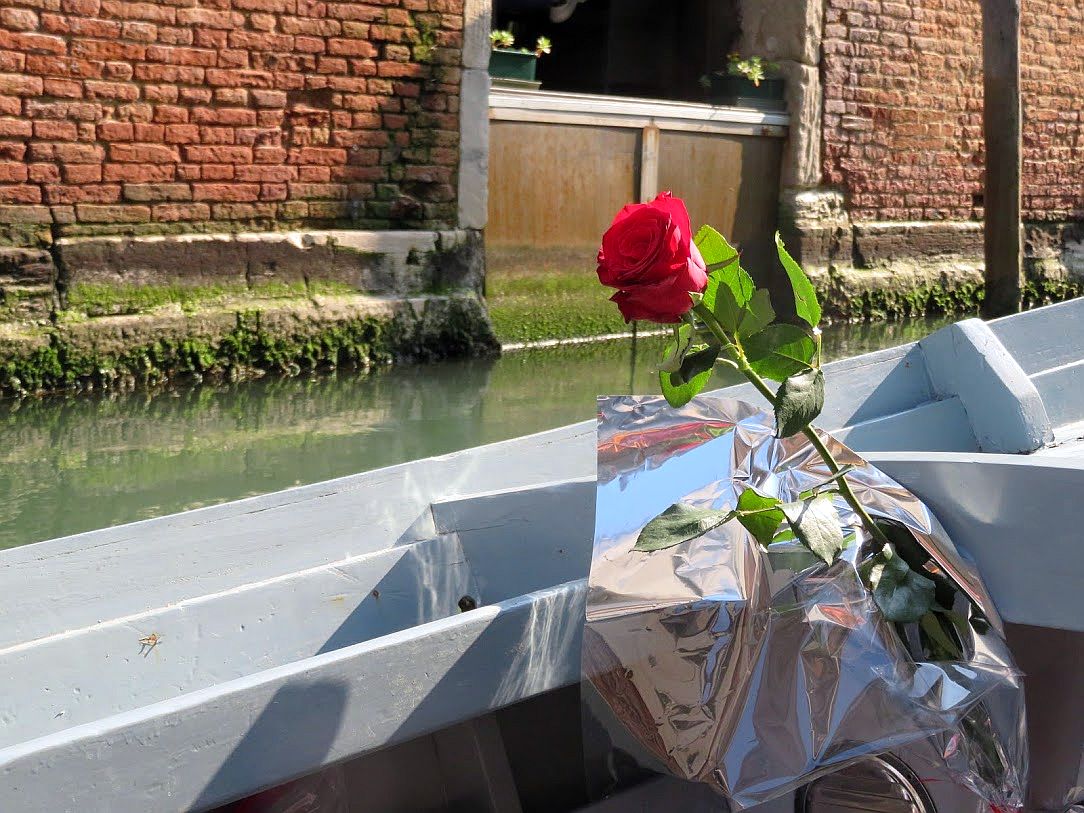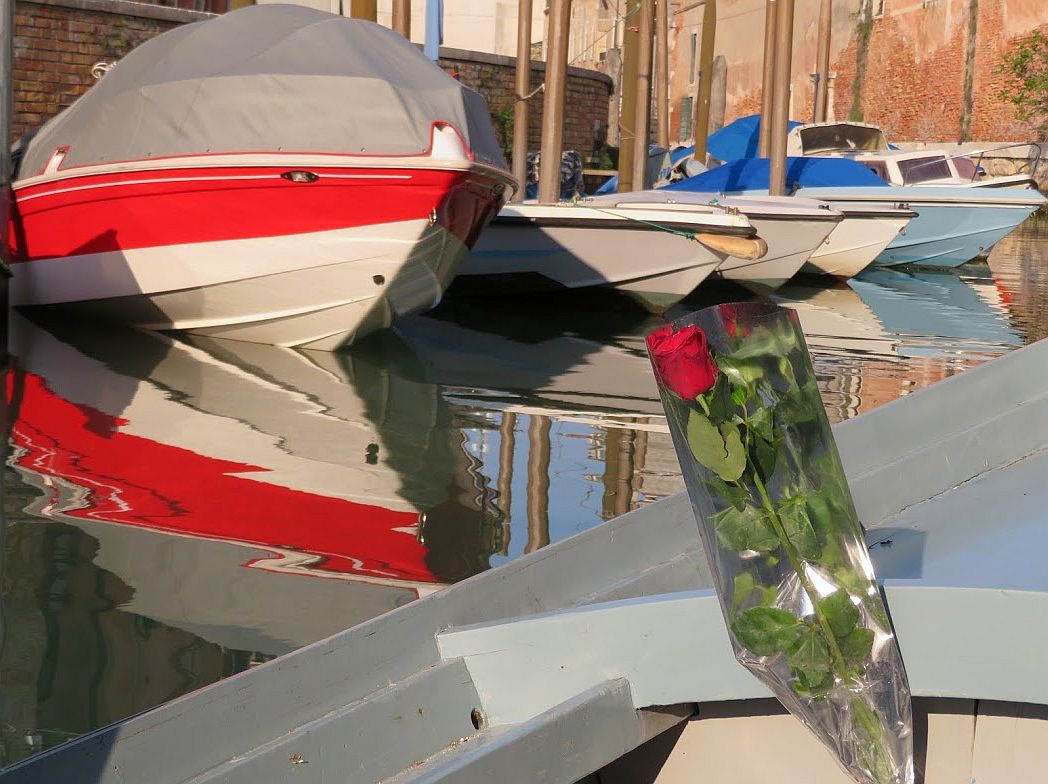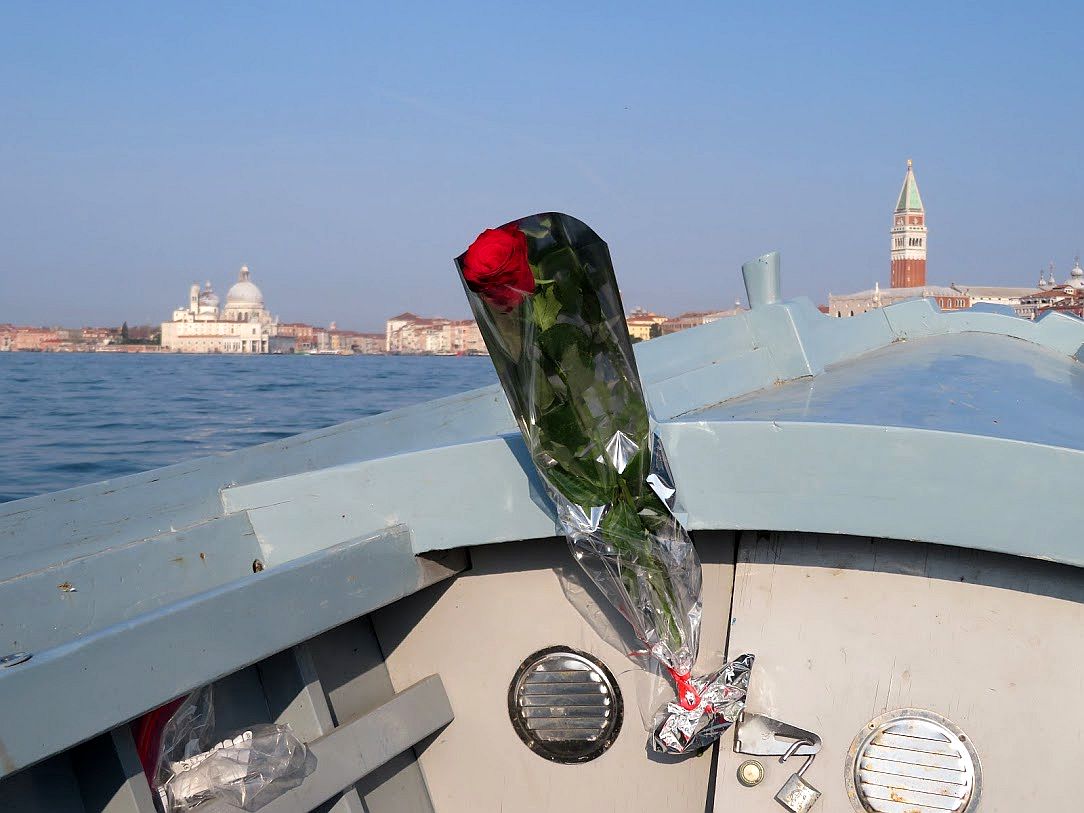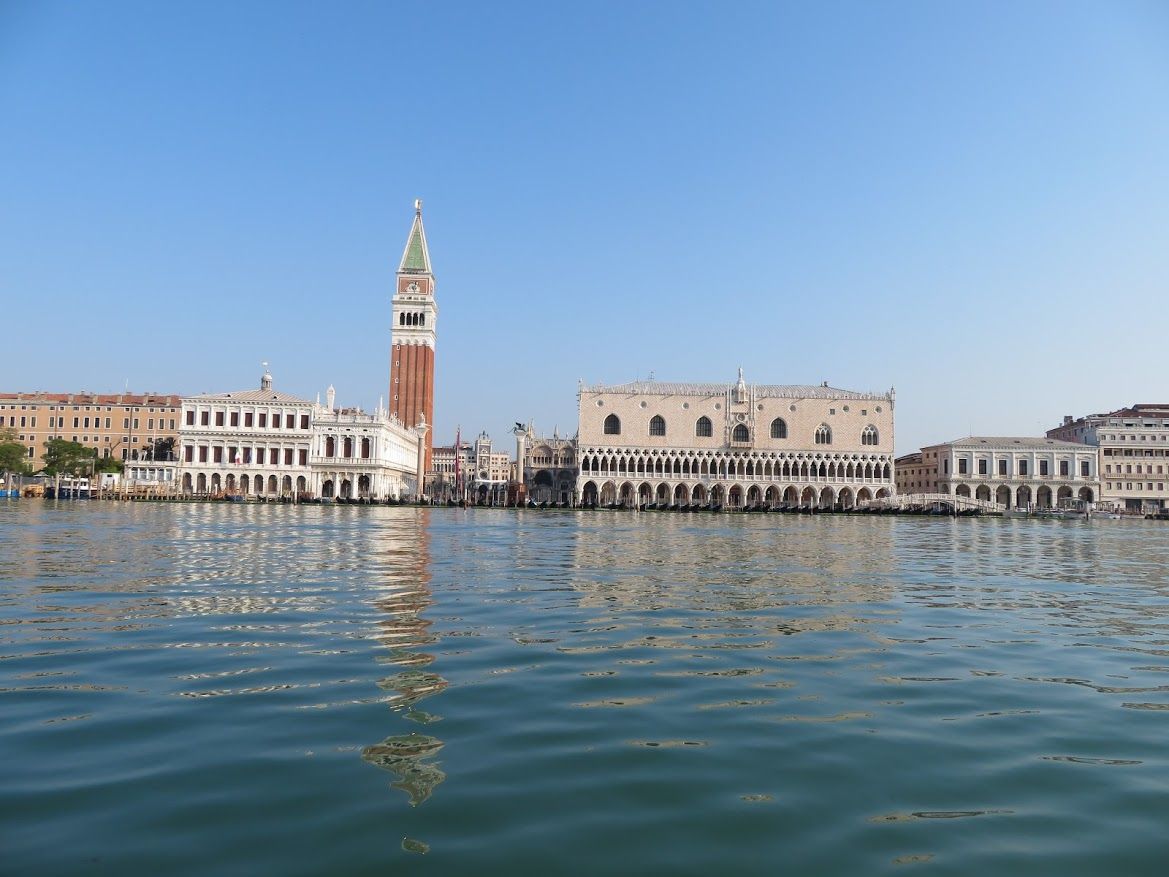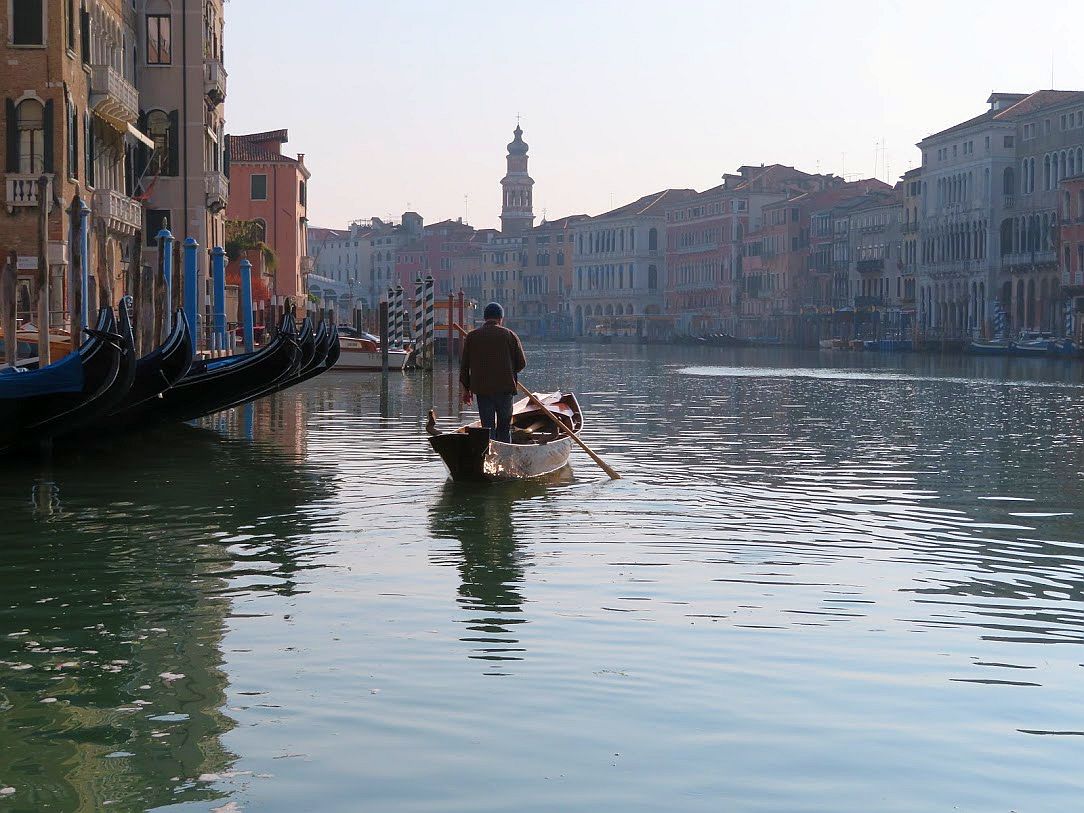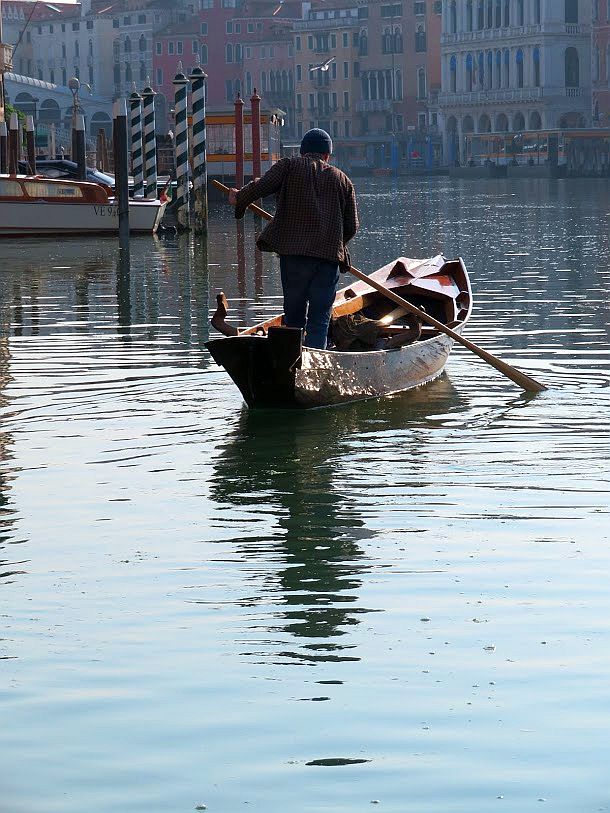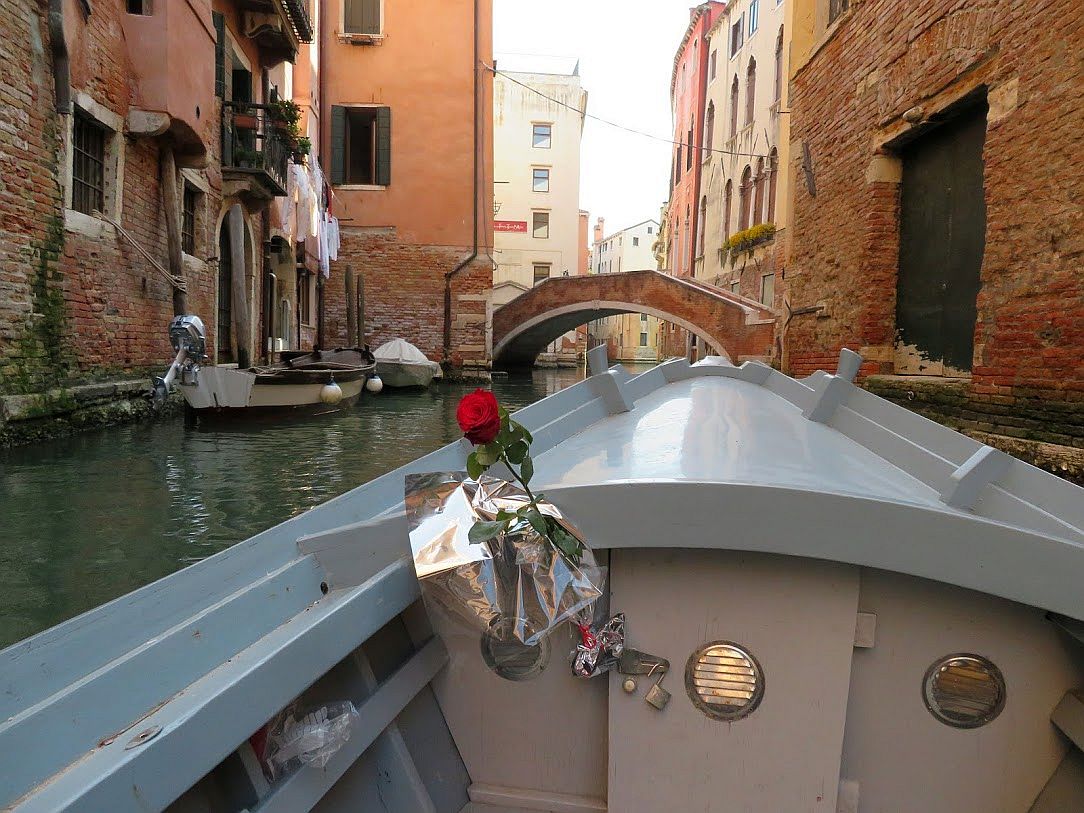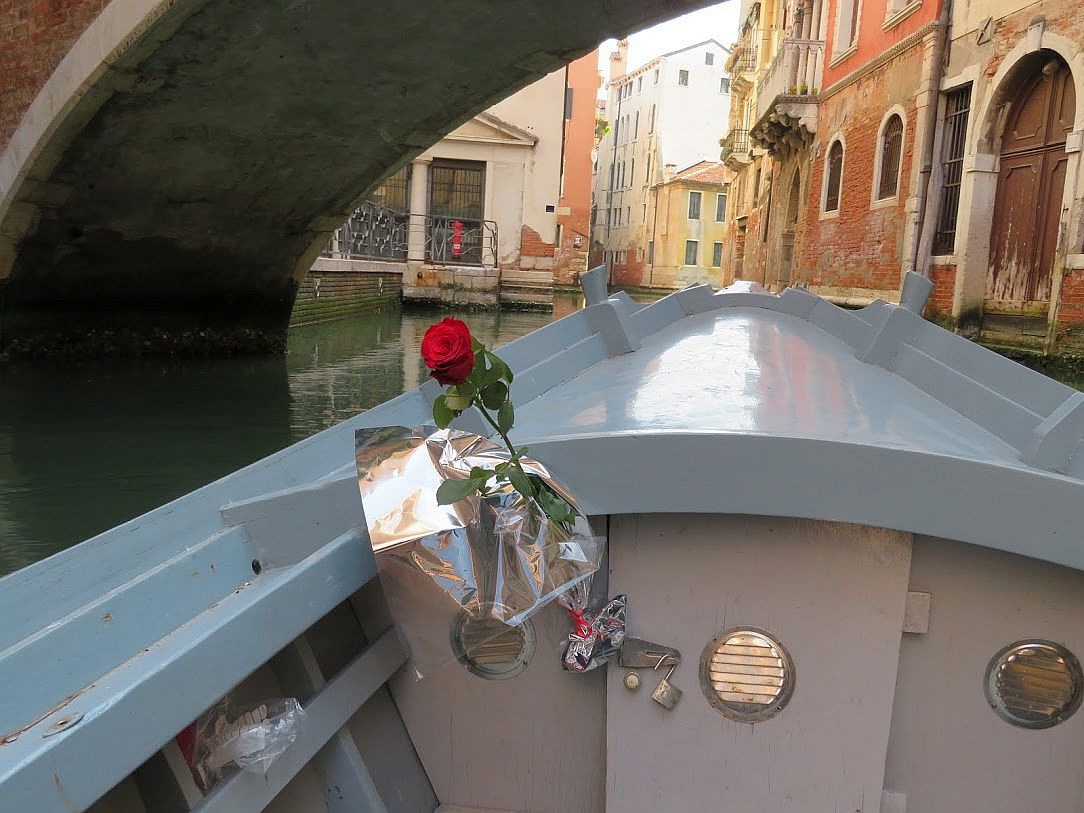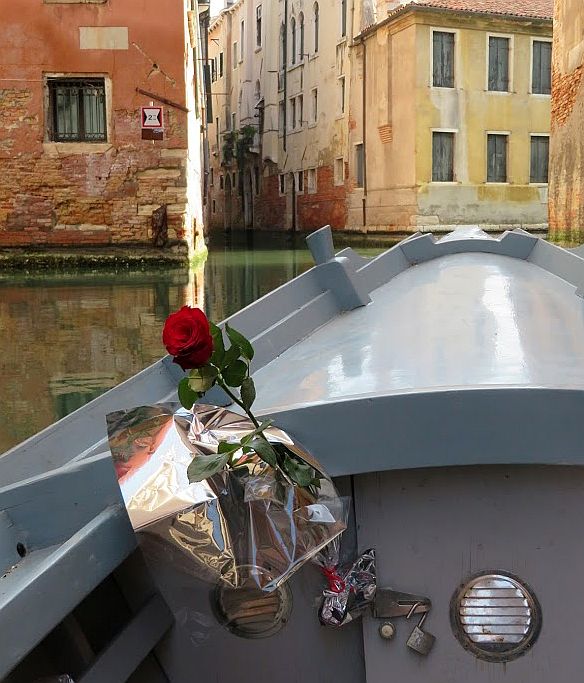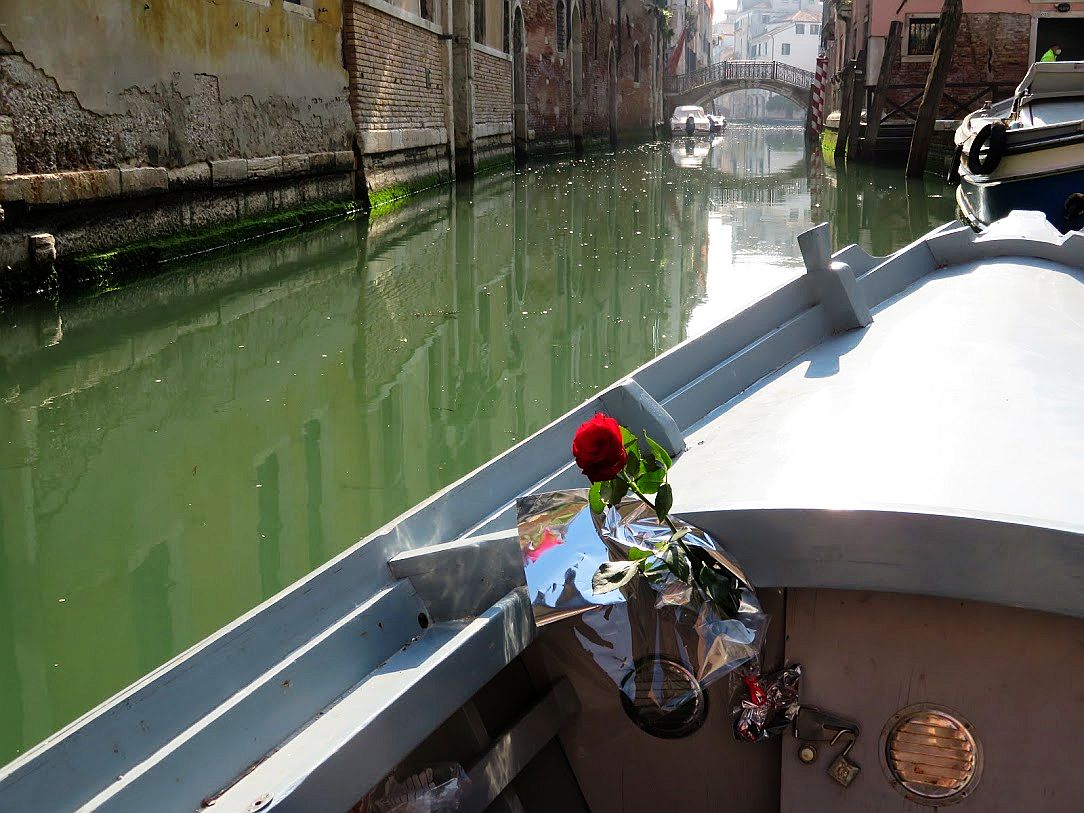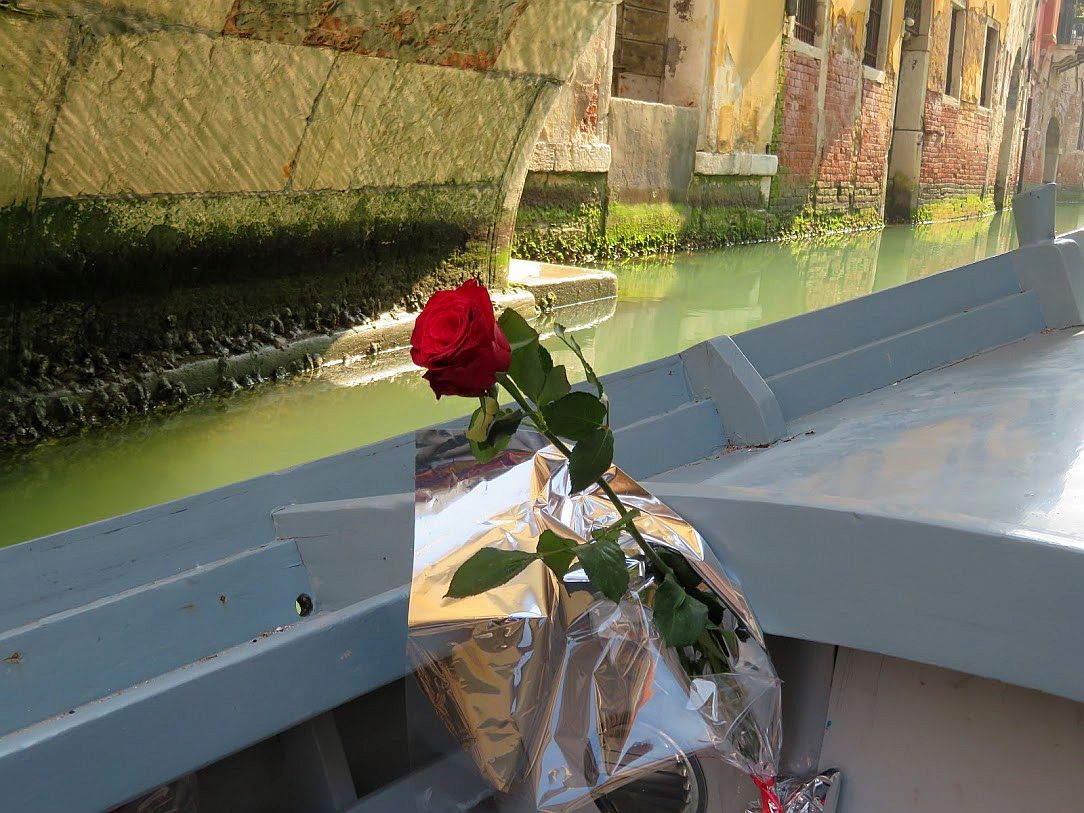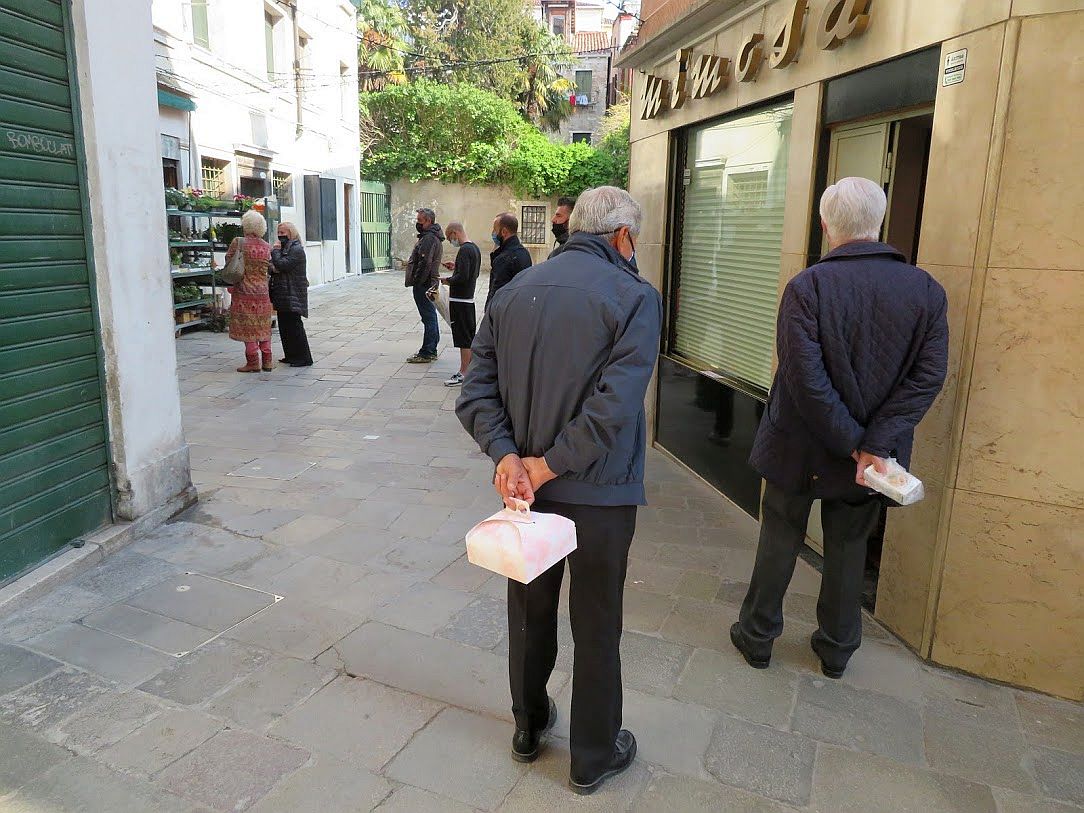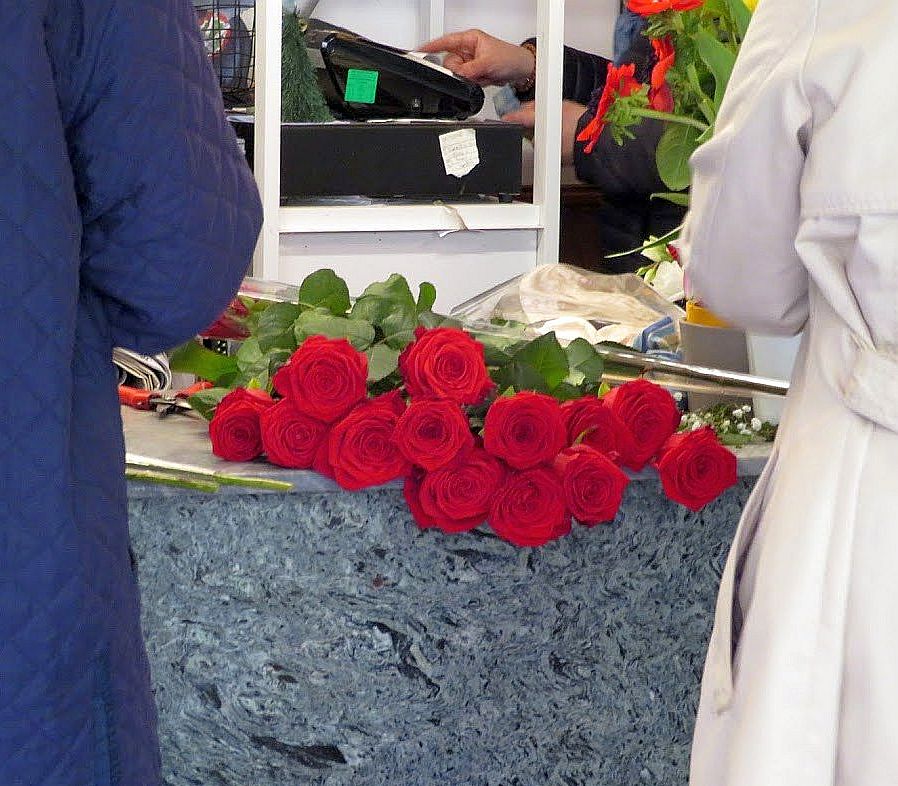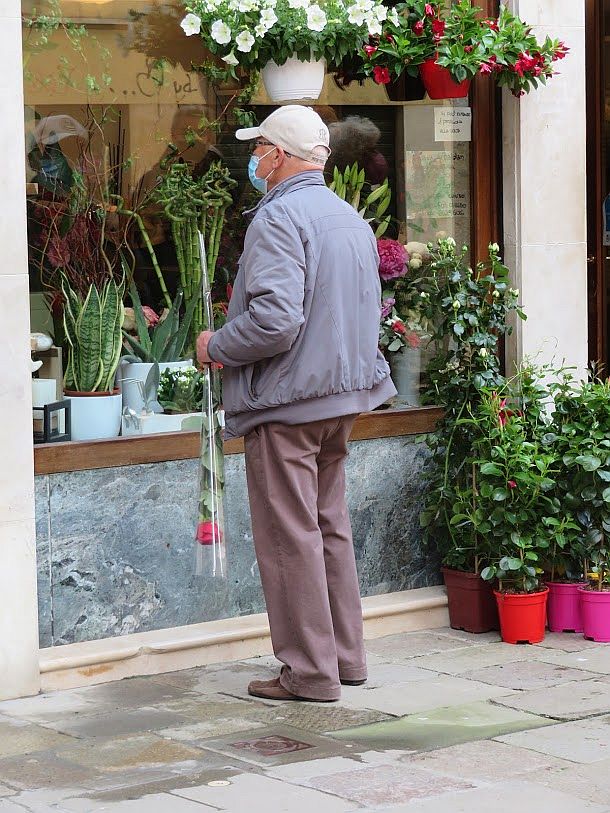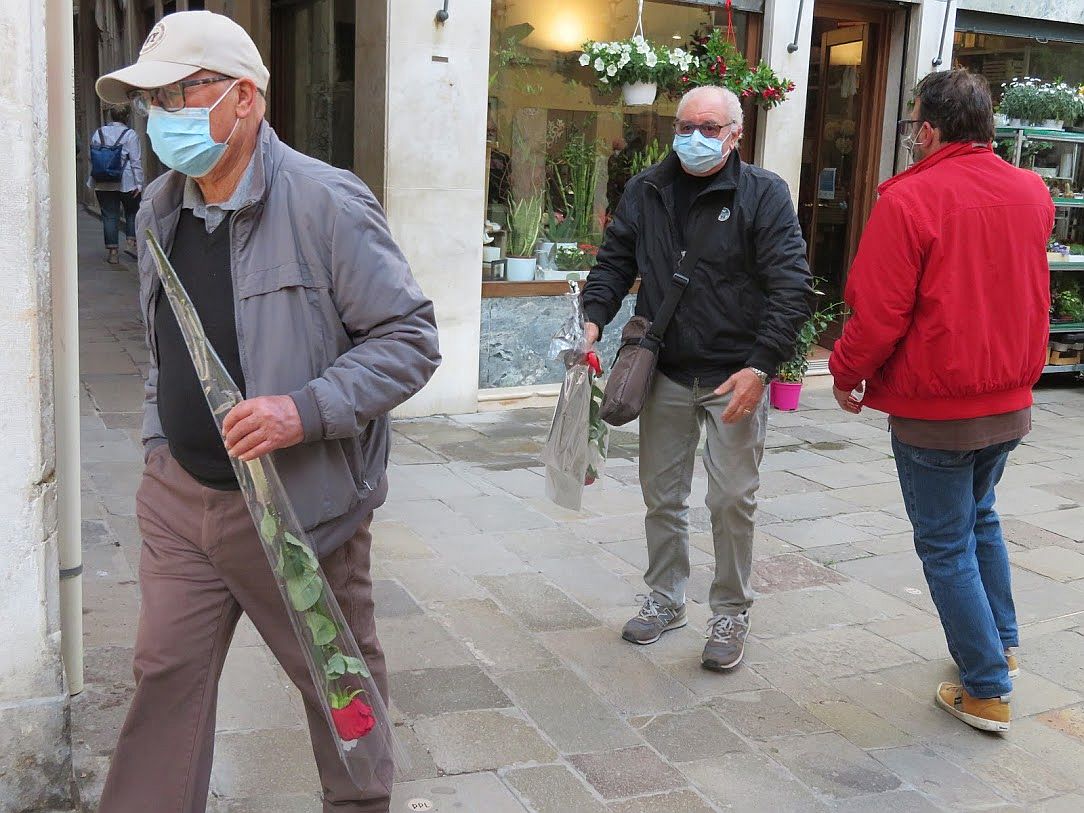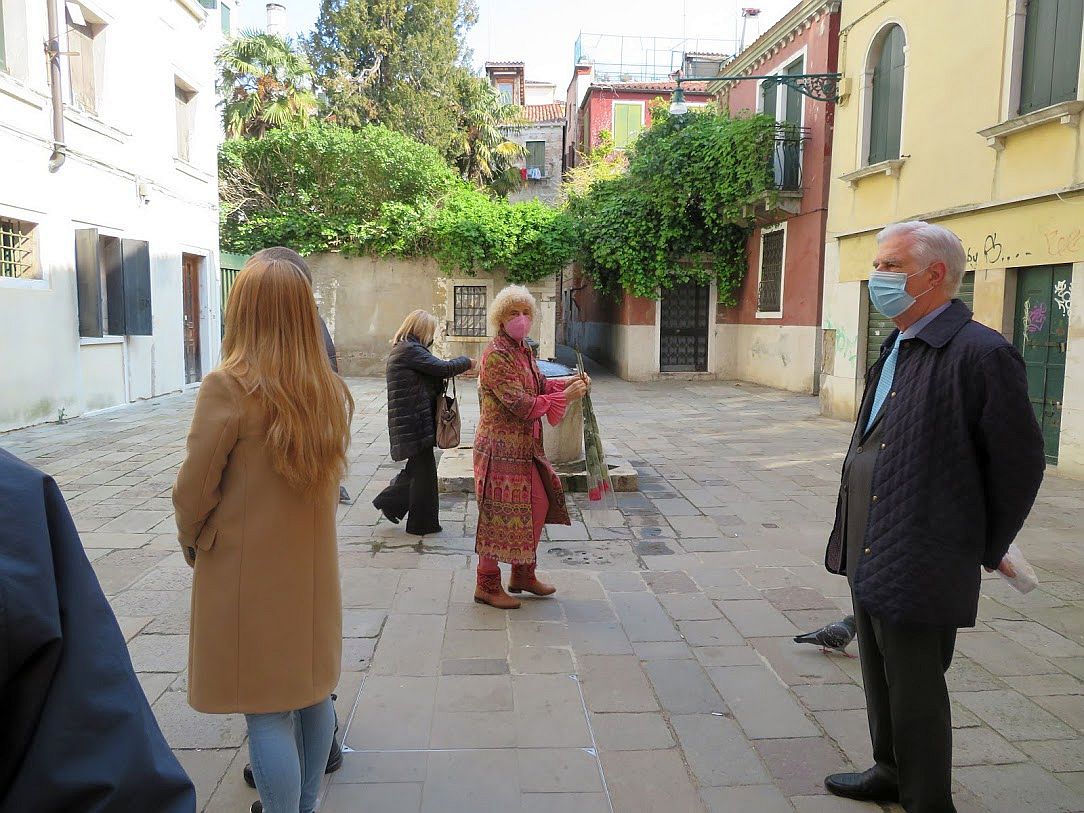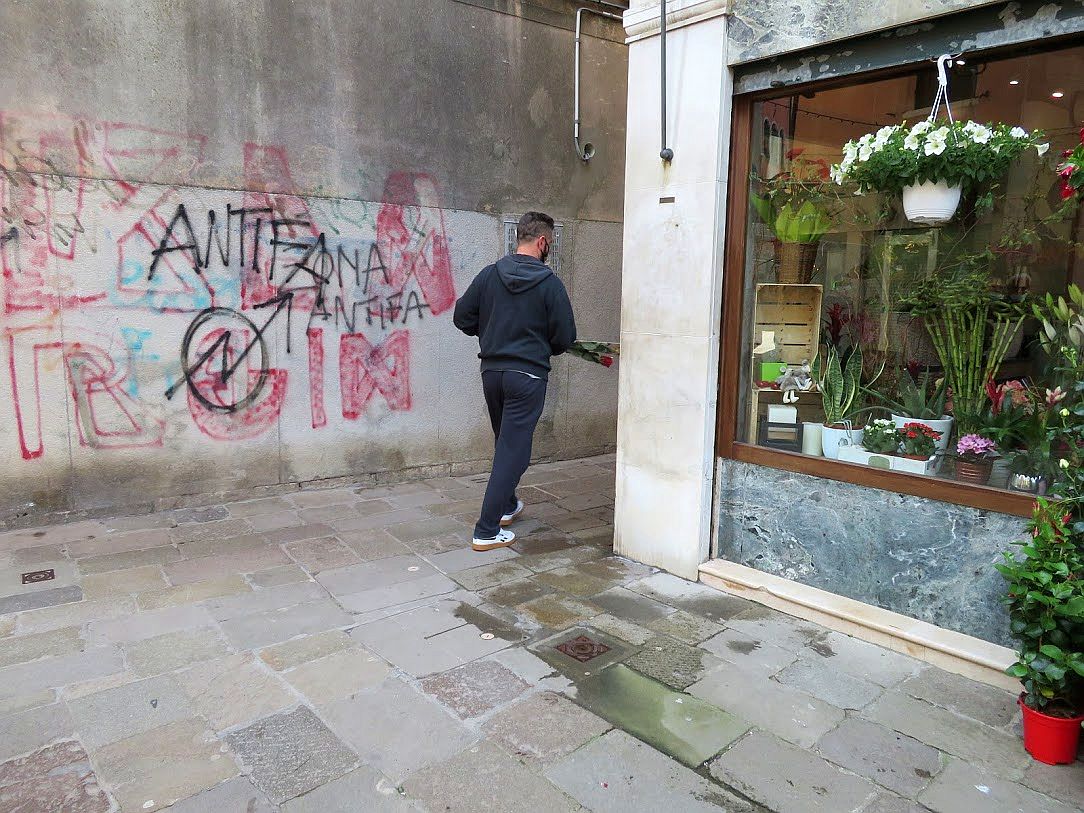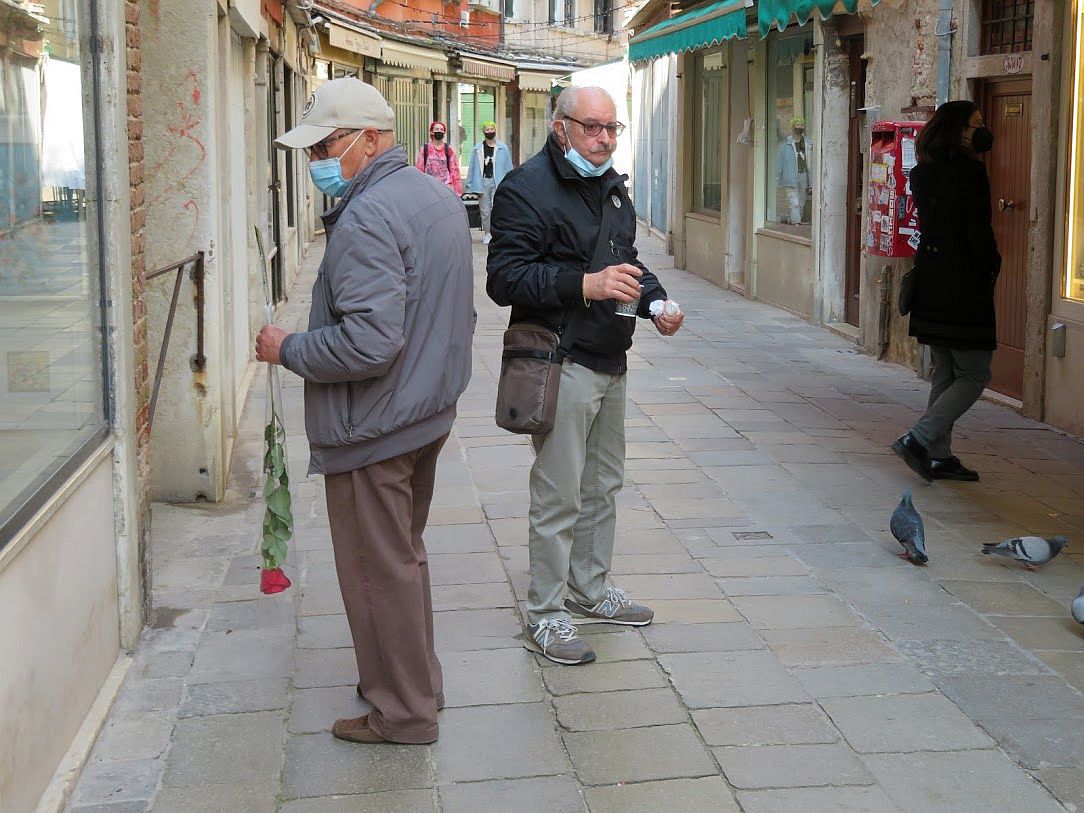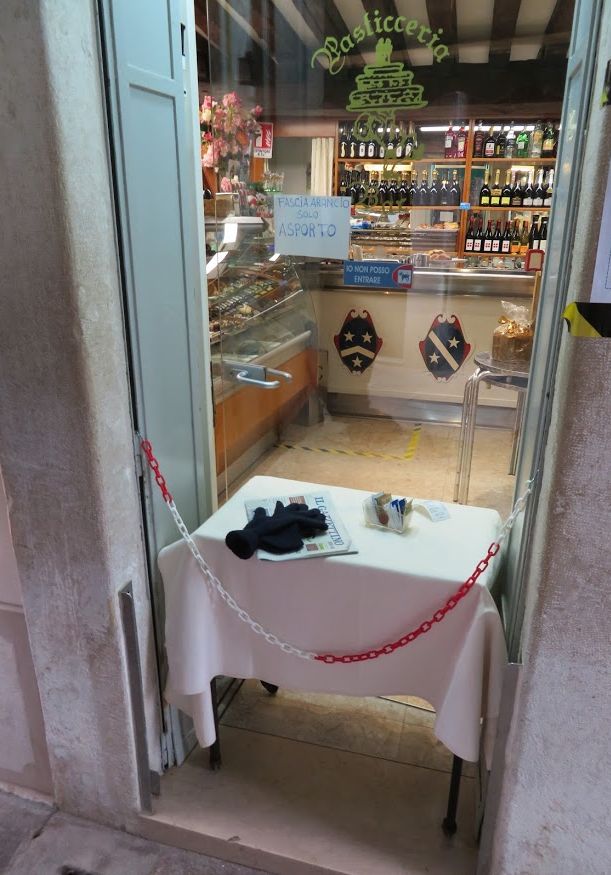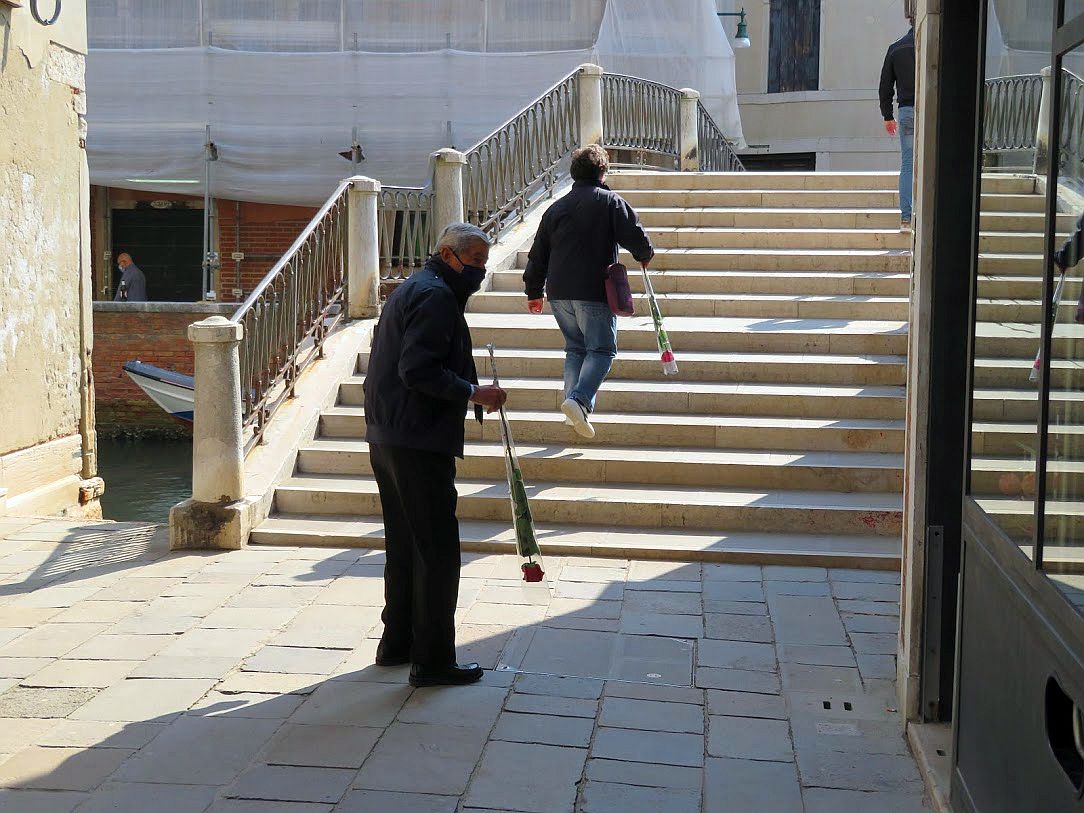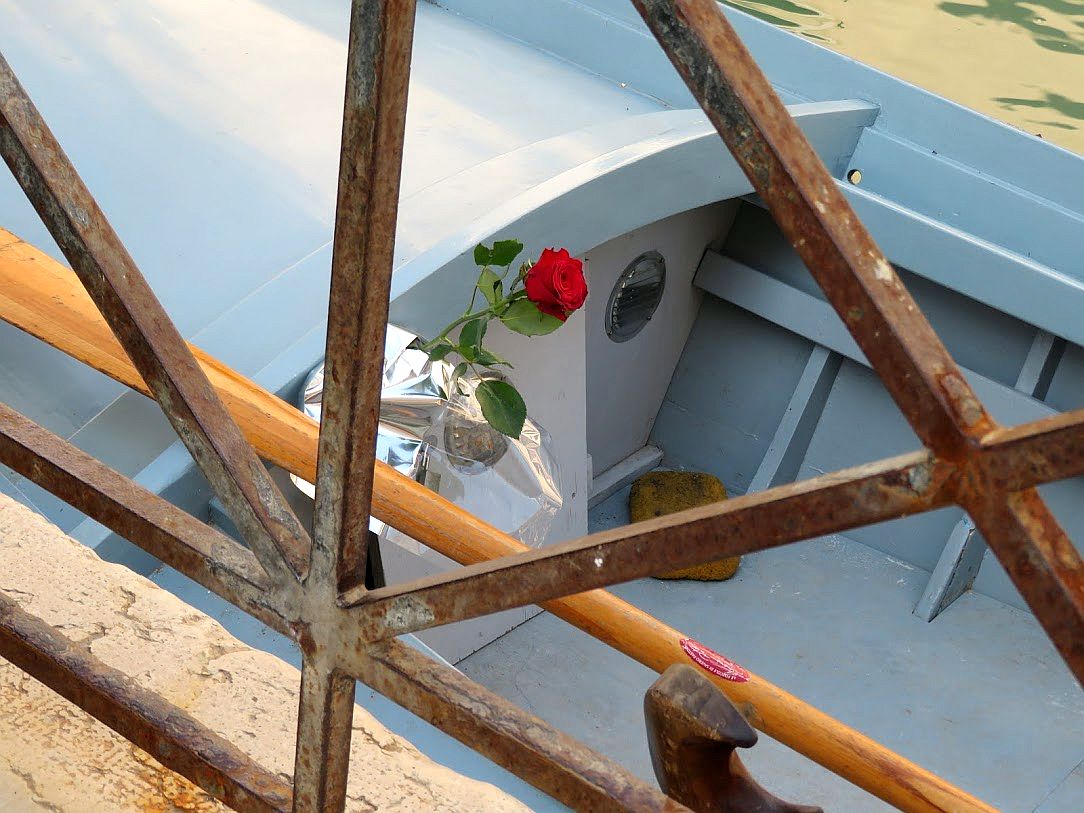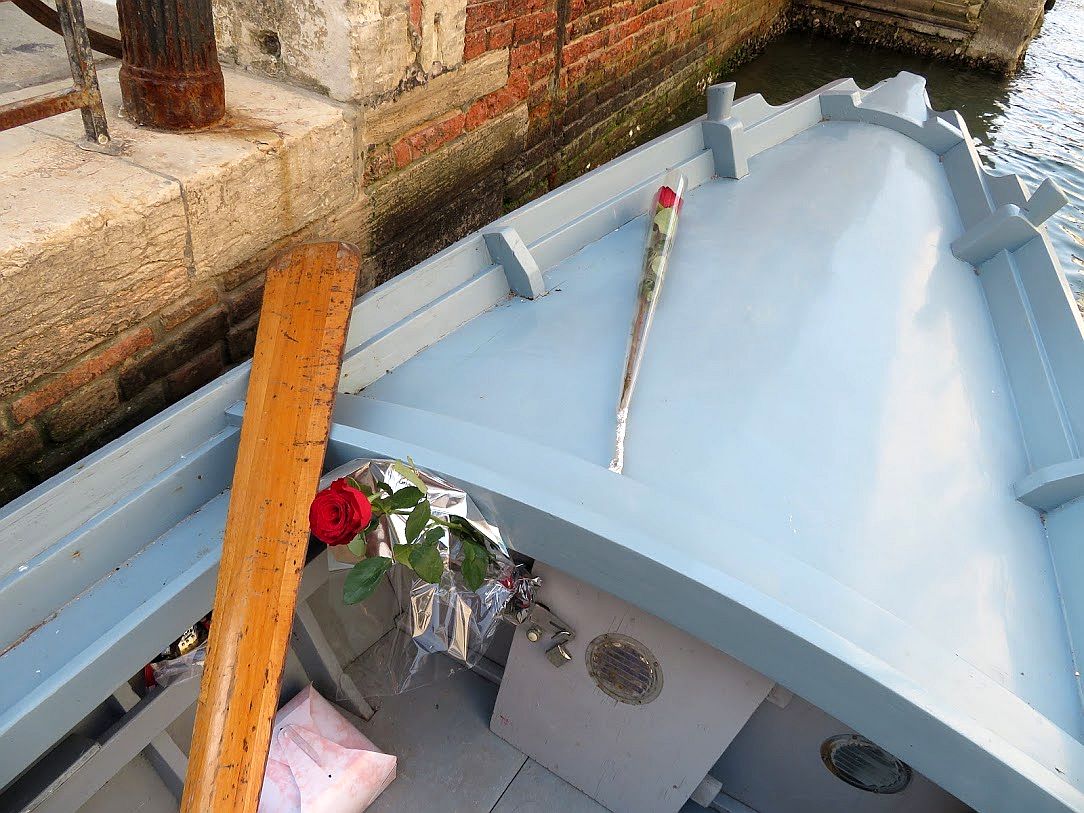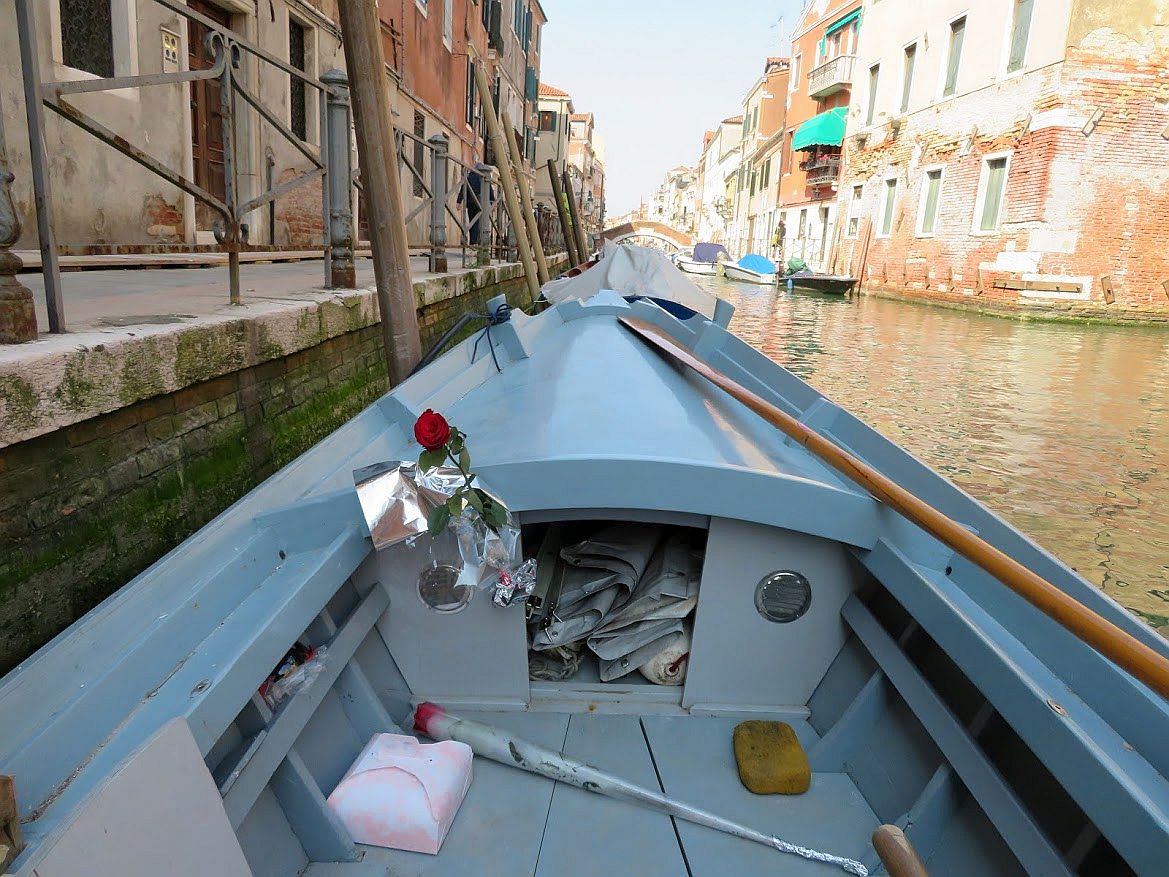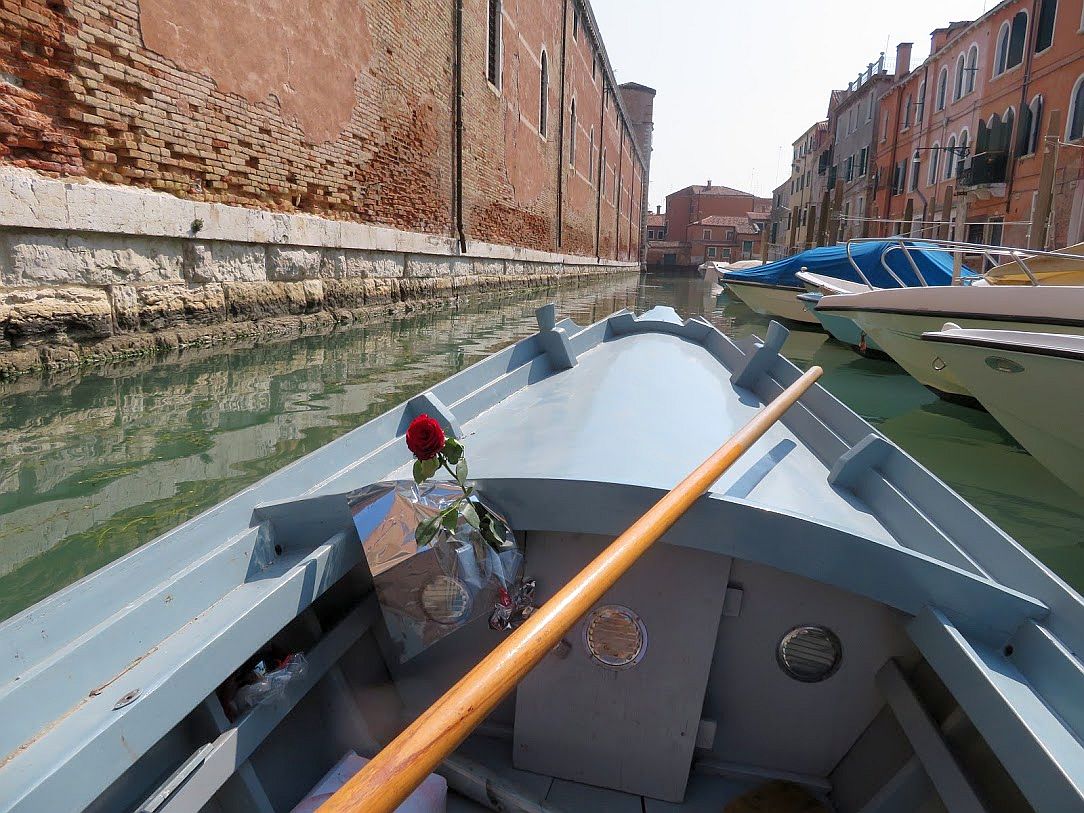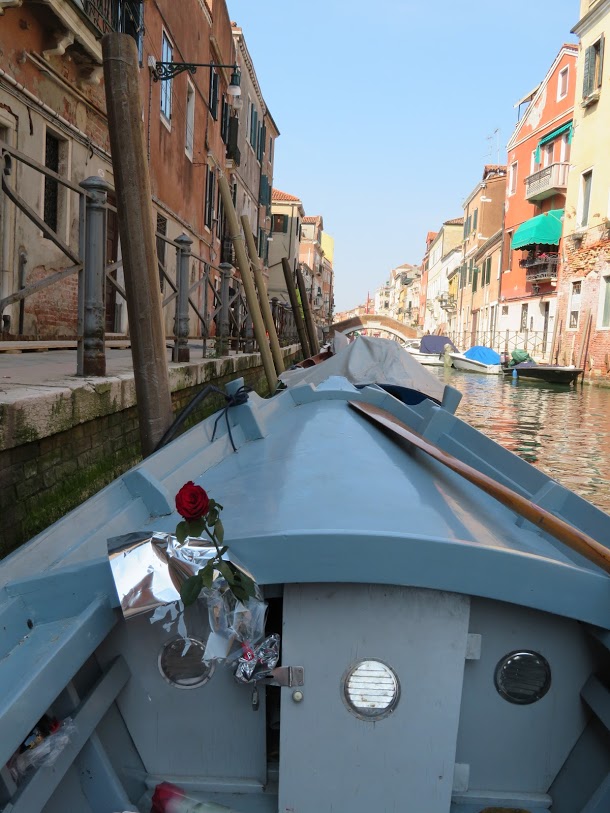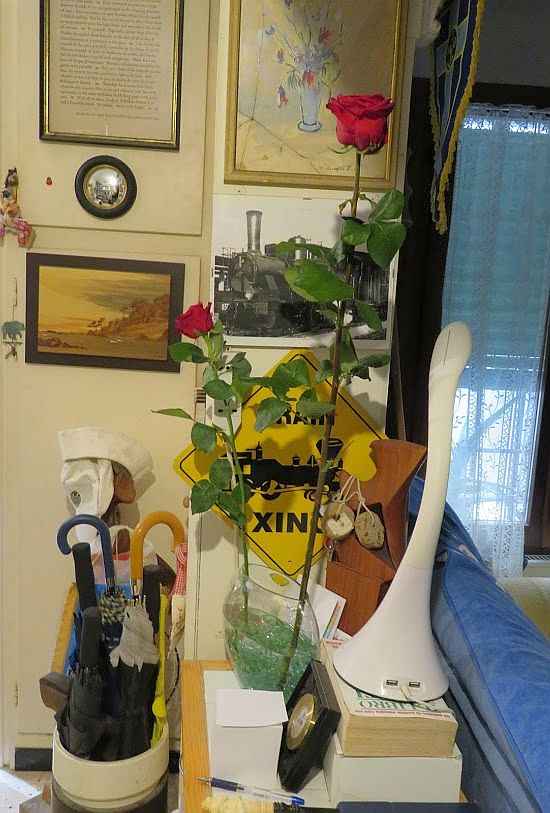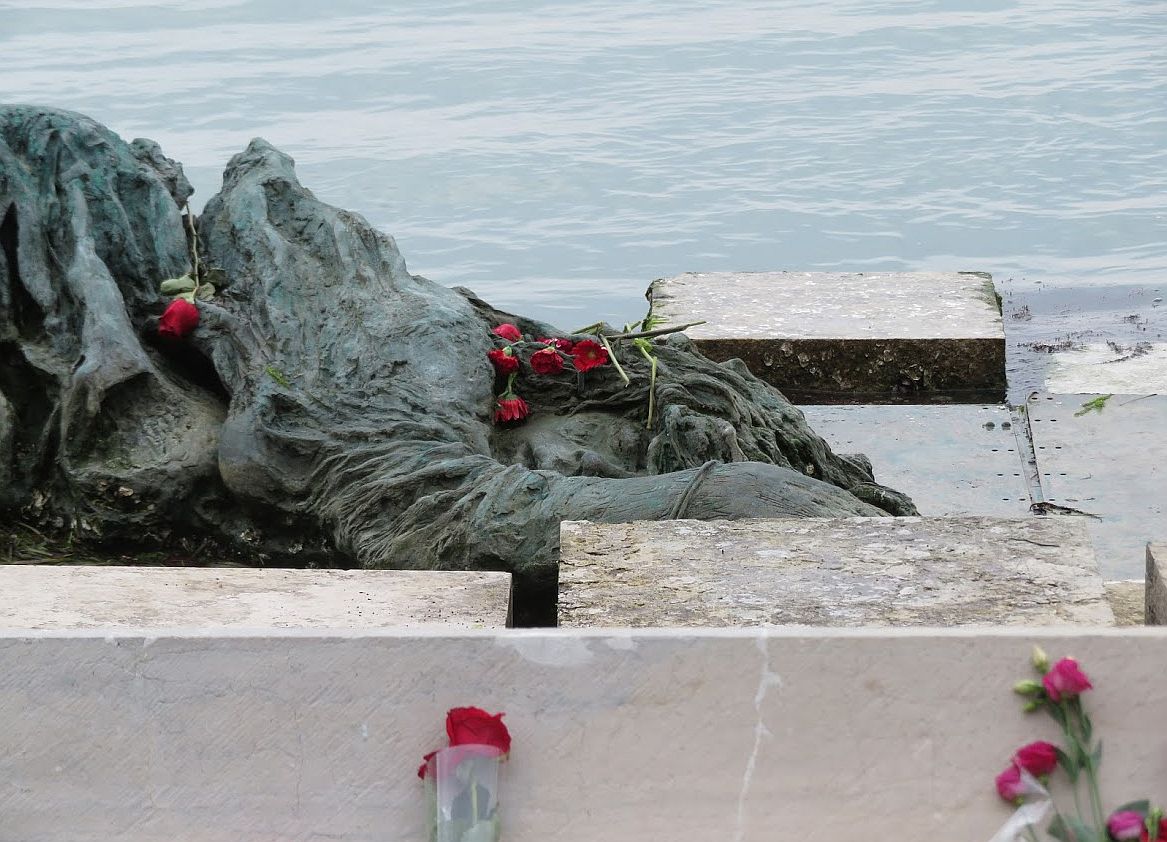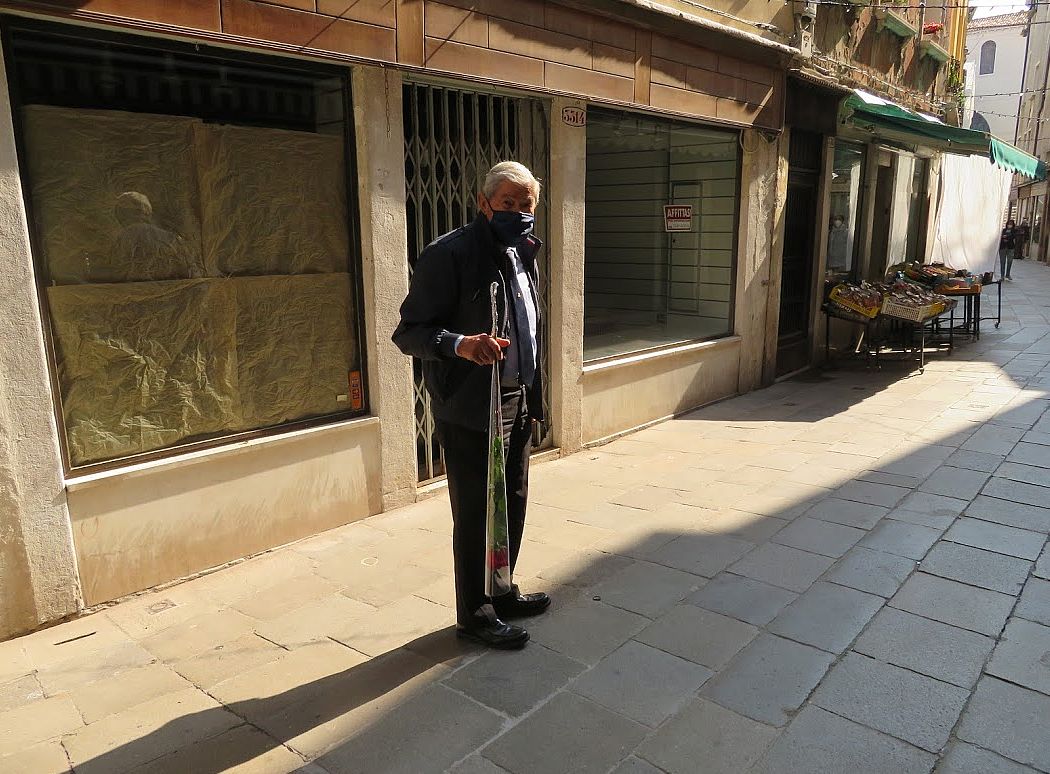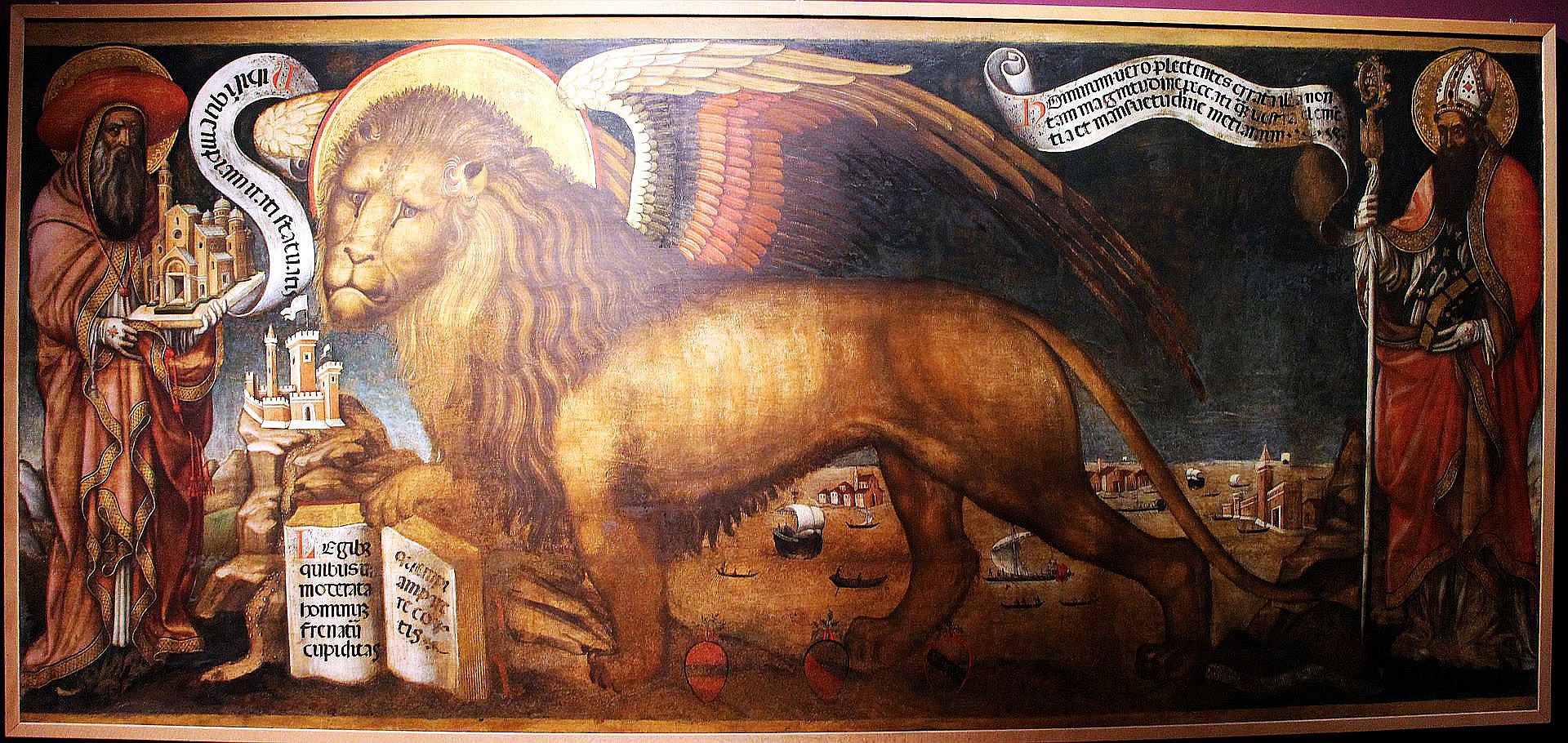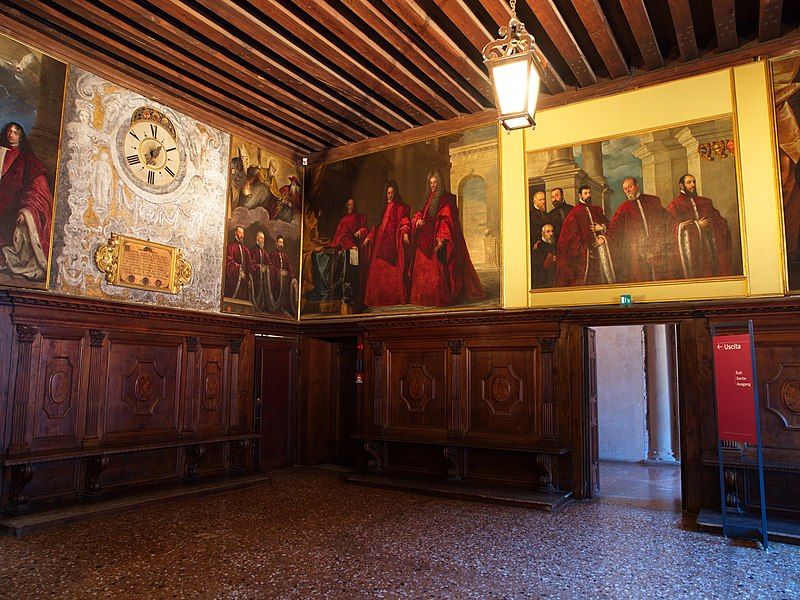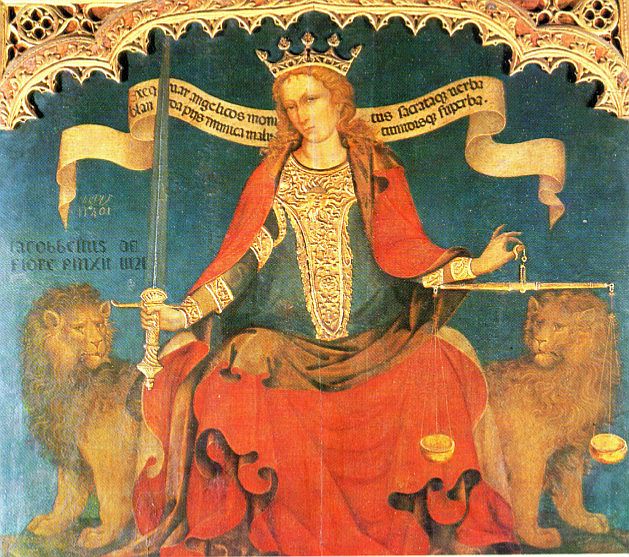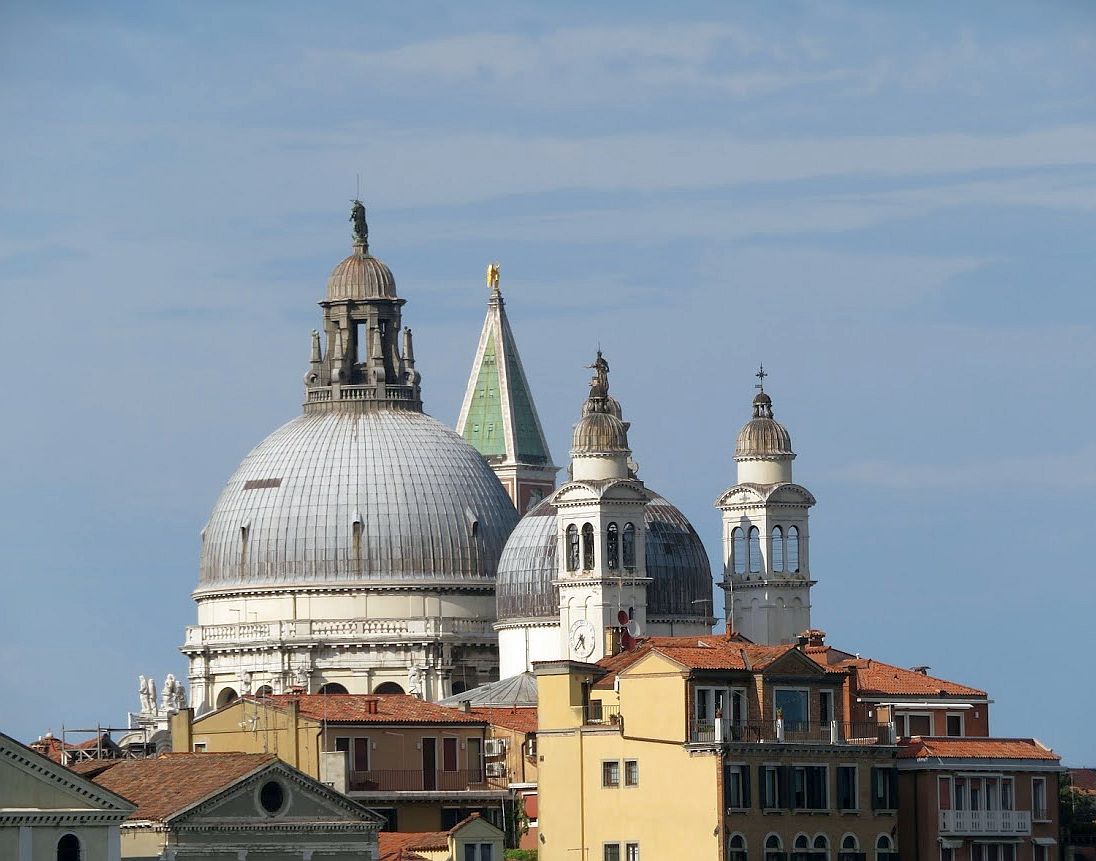
It’s probably just me, but after years of seeing Lino run into people he knows for one reason or event or phase of life over the past eight decades, it strains belief to think that there could be people in Venice who don’t know him. In my opinion, we should probably just rename the most beautiful city in the world LinoLand.
Late one morning we were riding the bus down the Lido toward Malamocco. Lino nabbed a seat near the back — he got the aisle, and a youngish man reading a book was sitting by the window. The bus was crowded, there was the muted tension of people clumped together in the summer heat. The bus pulled up at a stop, the man closed the book and moved to get off. Climbing over Lino on his way out, he said “Ciao, Lino.”
Instant of silence; everyone was wearing masks, so recognition stalled. Then he lowered his mask and it was smiles all round. Not only had Lino collaborated for years with the man’s father on the Committee of the Festa de la Sensa, but yep — Lino taught him (man, not father of) to row when he was a lad.
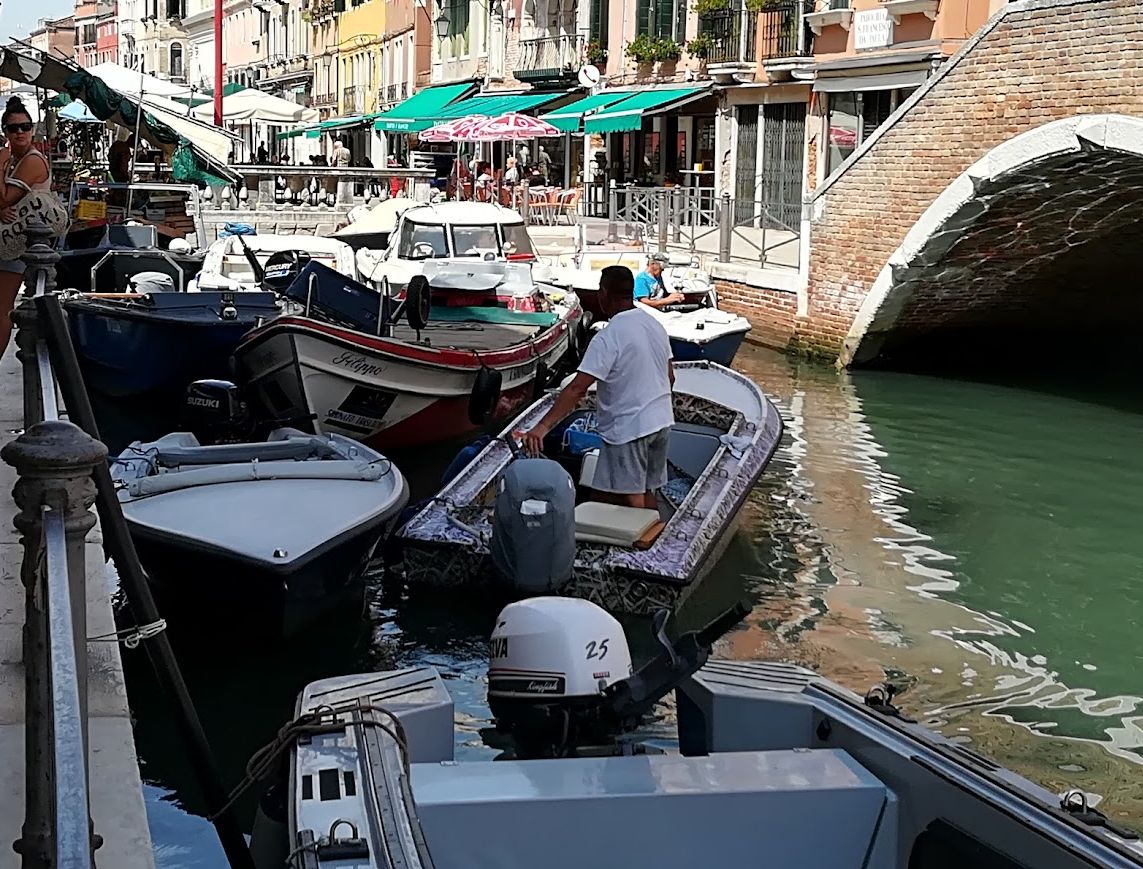
Change of scene: A few weeks ago we were struggling home on a Sunday evening from the regata at Murano. After the races people literally disappeared because a deluge had struck the city that had evidently swept every other humans either home or out to sea. Lino and I trudged through drenching gusts of rain (umbrella? Of course not!), and climbed aboard the vaporetto heading toward San Pietro di Castello. Cold. Soaking wet. Must mention that this is far from the first time Murano has celebrated its big day with Noye’s Fludde — two years ago it was an apocalyptic hailstorm.
Miserable, waterlogged, we were just stepping ashore on the dock at San Pietro di Castello when the vaporetto pilot pulled down his landward window, leaned halfway out, and called out “Ciao Lino!”
So, yet again, I saw that neither snow, nor rain, nor dead of night, etc., stop people from saying hi to Lino. In this case, the man was not someone Lino had taught to row — astonishing, I know — but instead is a former naval seaman at the Military Naval School F. Morosini where Lino teaches rowing, as all the world knows by now. So of course he would have seen Lino thousands of times. Lino doesn’t remember his name, but names are optional in these encounters.
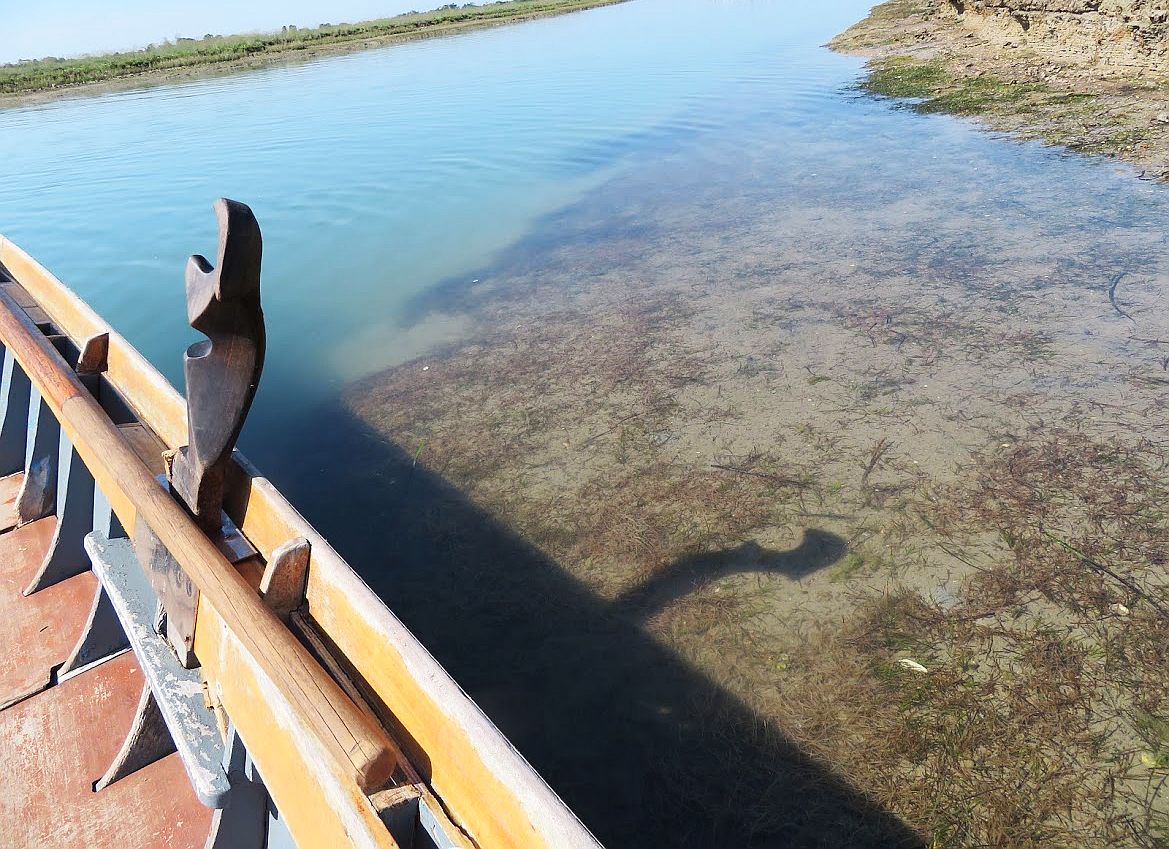
Speaking of Morosini, we were there one afternoon a few weeks ago, working on some of the boats. The sun was shining, the cadets had gone home for summer vacation, officers were only intermittent. Around the corner came one of the commandants with an older couple and grandon in tow, obviously a prospective student being shown around.
They all stopped for the usual brief introduction (“And yes, we also offer Venetian rowing to the students,” etc. etc.). The grandfather looked at Lino and said, “Wait. I know you. But how?” The briefest checklist of where/who/when revealed that they grew up in the same neighborhood mere streets apart. Lino was a few years older than this person, but not by much. So we all took a break to listen to them riffle through who they knew, who their relatives were, EXACTLY where their houses were located, and so forth. This was one of those rare cases where teaching somebody to row wasn’t the link. It was something better: Family! Childhood! Memories! Neighborhood!
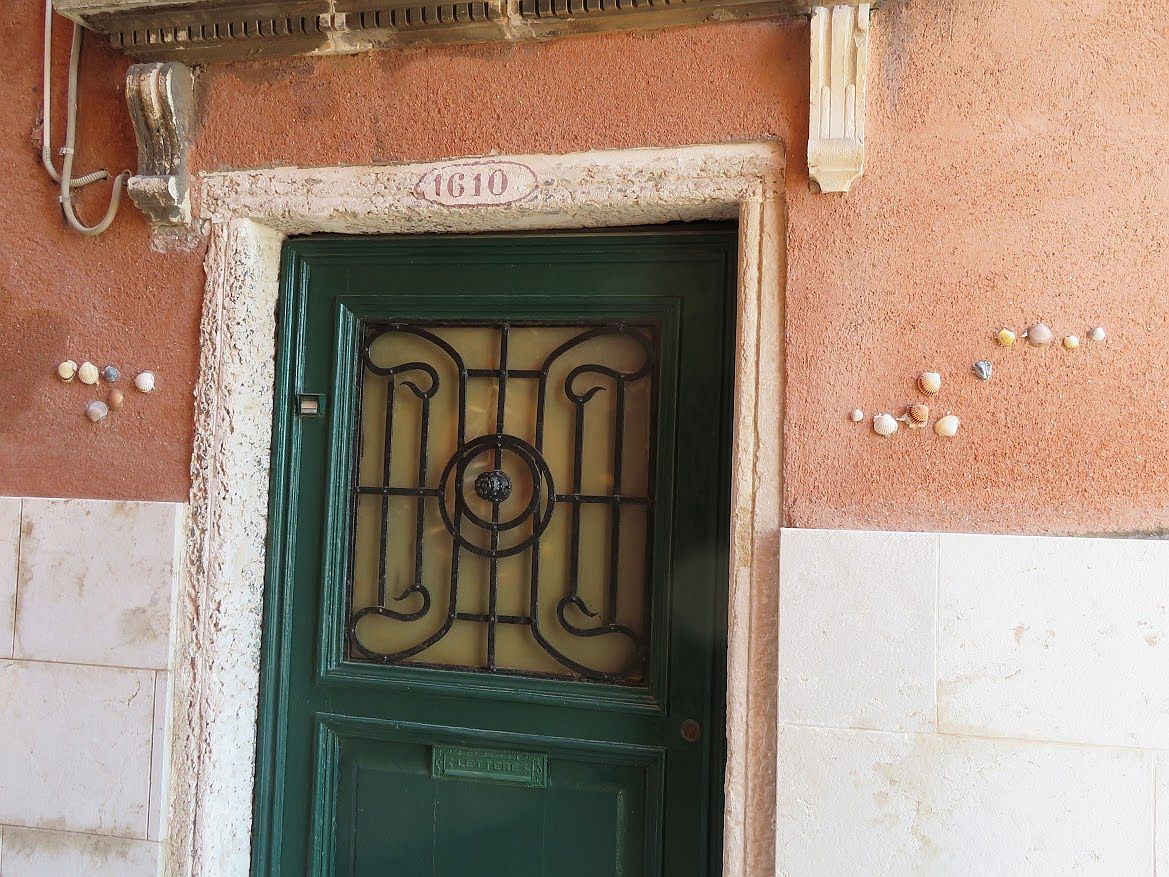
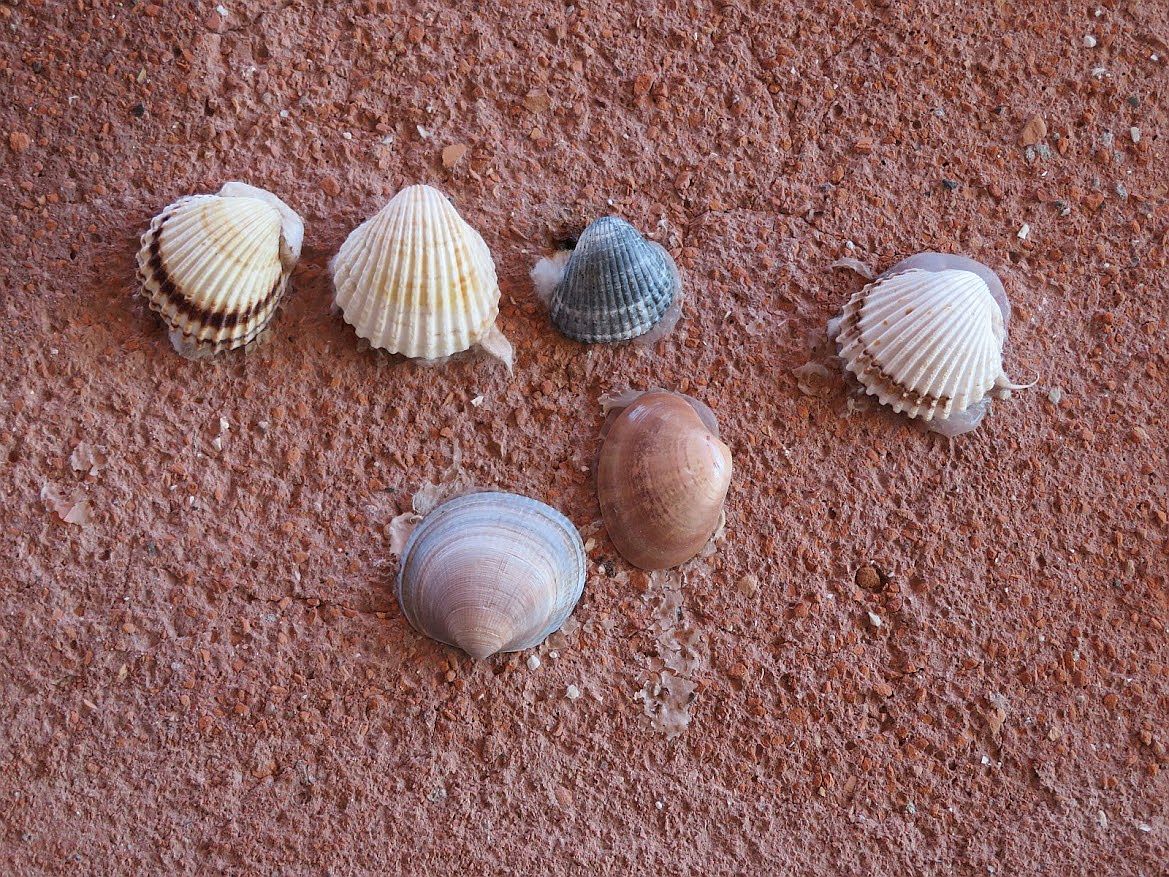
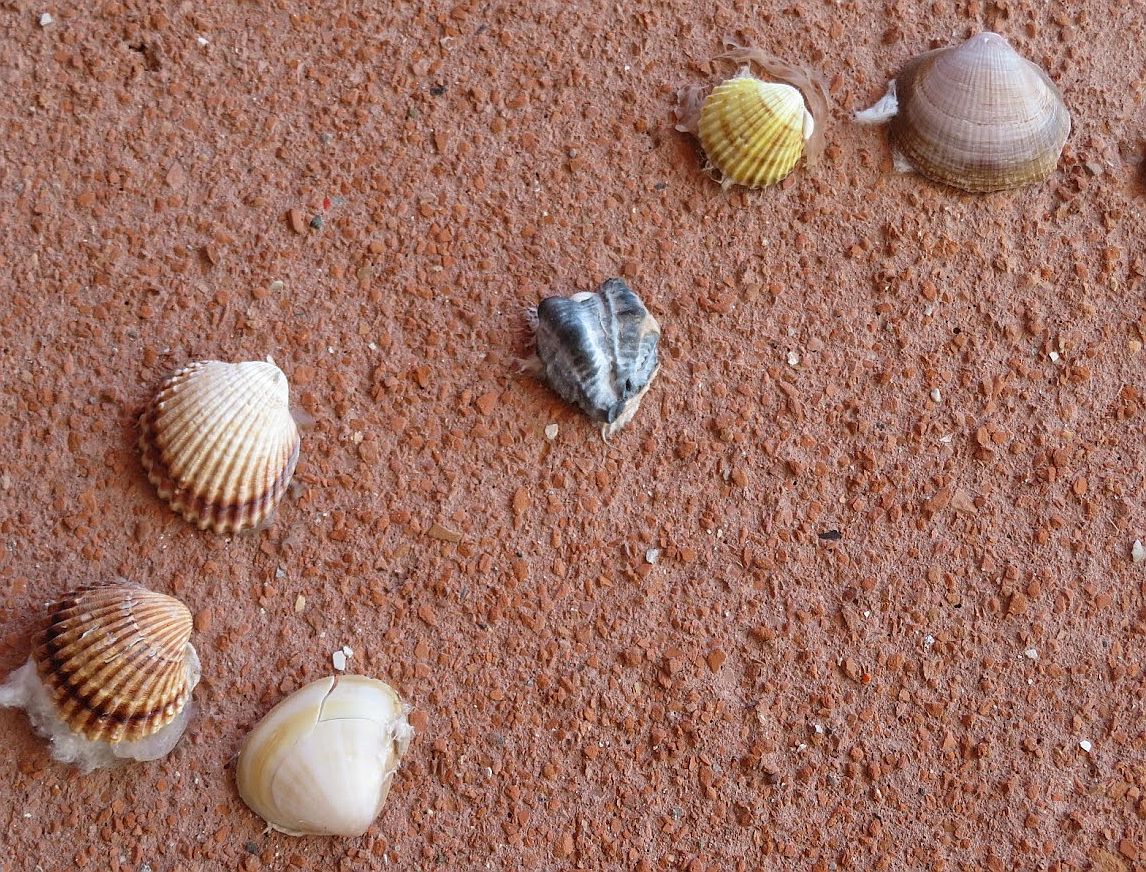
Let’s go back in time — it doesn’t matter how far, because these chance meetings have been going on forever. In fact, LinoLand is everywhere. Take Mogadishu, Somalia, just to pick a place at random. Lino was living there for four months in the mid-Sixties, with a crew from the Aeronavali which was repairing and maintaining airplanes and teaching (I think you might say that was what was happening) local mechanics how to take over when the group went back to Venice.
Lino and his colleagues were billeted at a modest hotel run by a couple from Bologna, the kind of place you’d expect to find flight crews from Alitalia on layover. And yes, one day a young man in Alitalia uniform stopped in the lobby. “Ciao Lino!” Who was he? They’d been in the Boy Scouts together. They didn’t say “So it’s here that we meet again, bwahahaha.” They said some variation on “What the heck are you doing here?” And together they could have replied, “I’m working. What are YOU doing?”
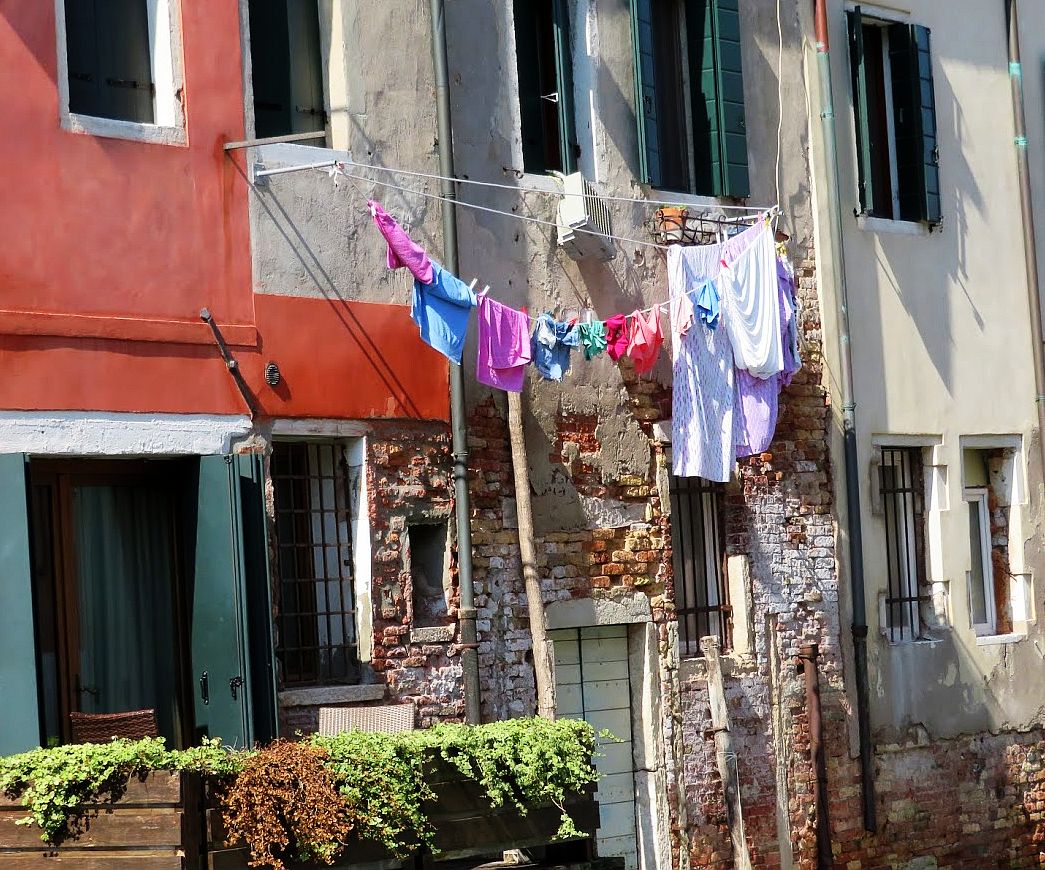
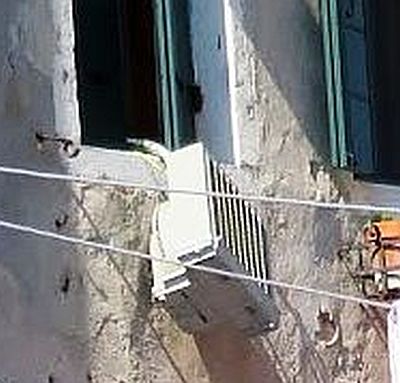
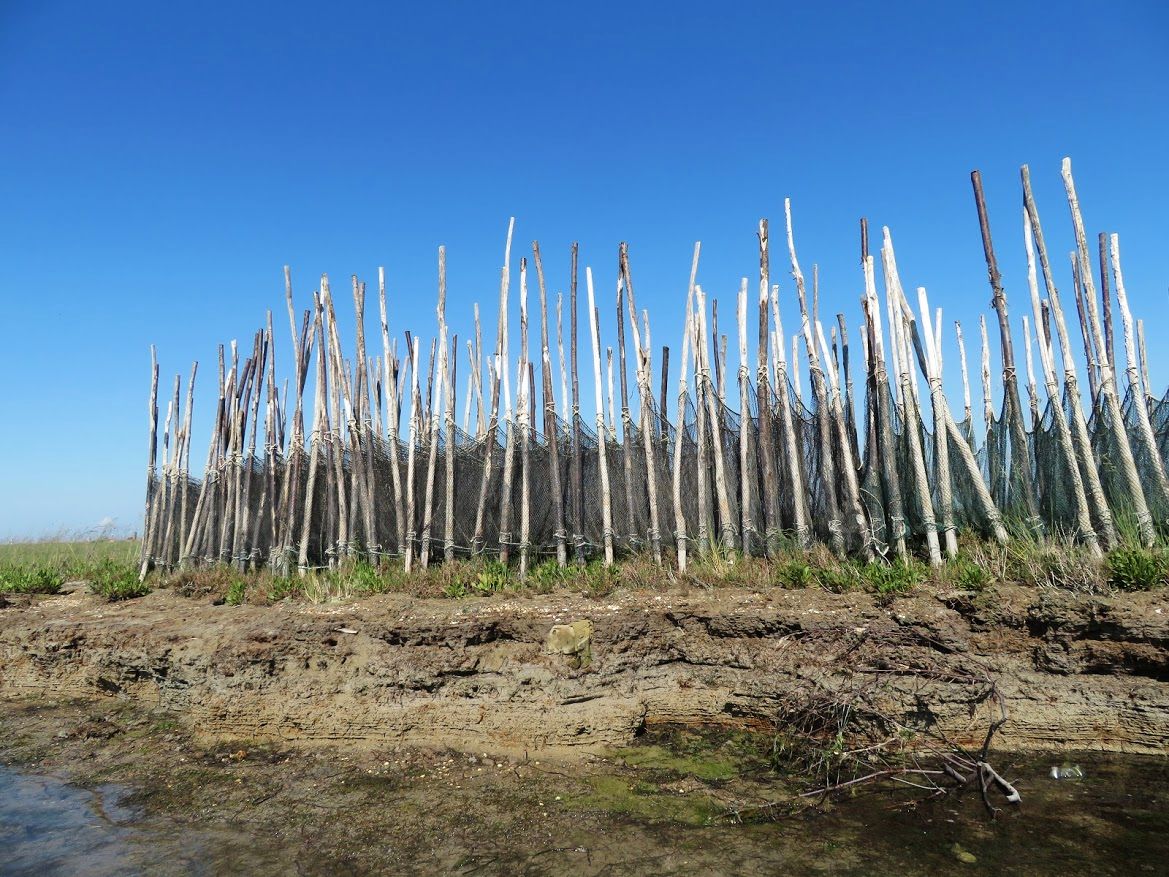
And while we’re ranging far afield, let’s go to Muggia, a village on the east coast of the Adriatic just below Trieste. Lino knows it well, so we decided to take a daytrip one freezing Epiphany a few years ago. The voyage took much of the morning. We get the bus in Trieste. We get off the bus in Muggia. We walk to the small central piazza (Piazza Galileo Galilei, if you’re playing along at home) where the very economically sized duomo sits sideways. Pretty.
“Ciao Lino!” It came from behind this time. Turning around, we see one of our favorite ex-cadets from the Morosini coming toward us. Gad! We’re 176 km (109 miles) from Venice and yet even here there’s SOMEBODY WHO KNOWS LINO. Since we last saw him he’s become a naval officer, has commanded a submarine, and gotten married to a girl from Muggia, which now explains everything. It’s not like people follow Lino around by satellite tracking. It’s just that they seem to be everywhere.
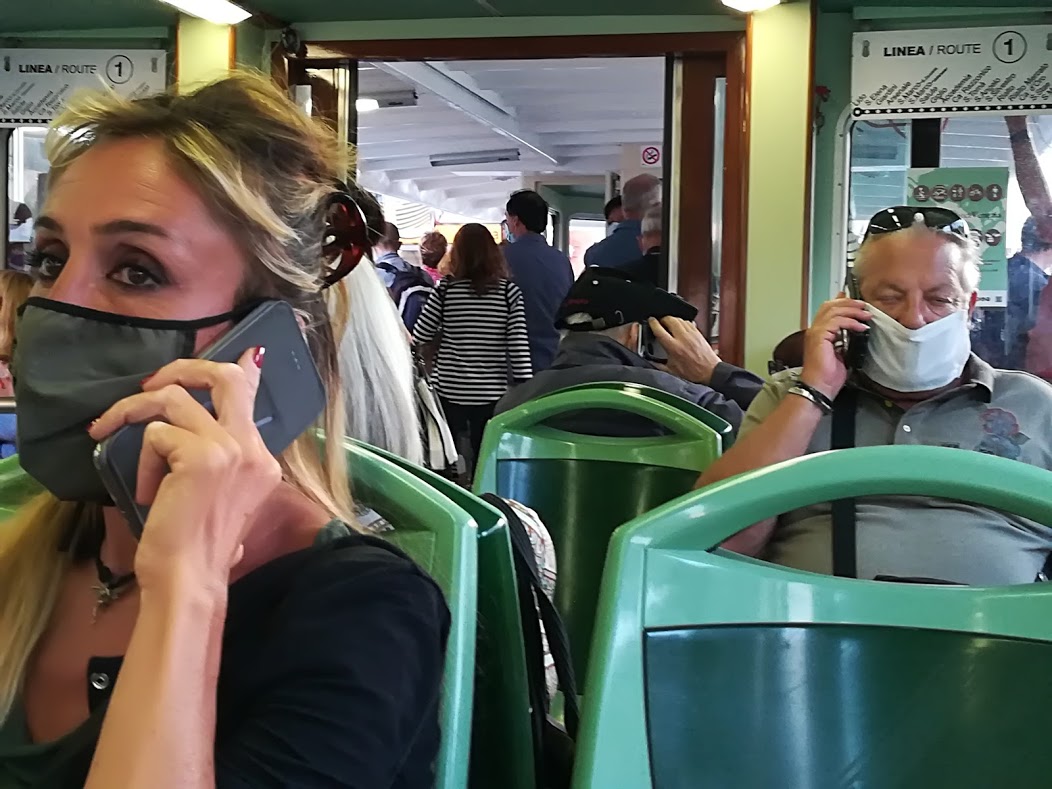
And in conclusion…What was probably the first of these numberless experiences was the day in Lino’s early adulthood during the five-year period when he worked at Ciampino Airport in Rome, repairing and maintaining planes.
He was riding on a bus somewhere in the central area of the city. The bus was crammed full of people, naturally. All of a sudden from the back of the bus comes the ebullient voice of a woman in the broadest possible Venetian accent: “OH VARRRRRREMENGO, VARDA CHI CHE GHE XE!” (“Good Lord have mercy” — a hopelessly bad translation but I’m trying to convey the intensity of the amazement because va a remengo is the absolute maximum Venetian exclamation.) “LOOK WHO IT IS!” These were the days before “Ciao Lino” took over.
Everybody turns to look at Lino, who has instantly gone tomato-paste red with embarrassment. She didn’t stop. “XE EL FRADELO DE LA VANDA!” (“It’s Wanda’s brother!”)
“TI SA CHI GHE SO MI?” she cheerfully demands. (“You know who I am?”)
Tiny embarrassed voice responds: “La Gegia.” The lady’s name was Teresa, but the nickname in Venetian is Gegia (JE-ja.)
That’s where the story ends; I guess he got off at the next stop, whether it was his or not. He doesn’t remember further details, but that voice has been incised in his brain. Little did he know normal all this was going to become for him. Now he just turns to me and either tells me who it is, or asks me. Me? You think I know? As they say here, I just got here tomorrow.
